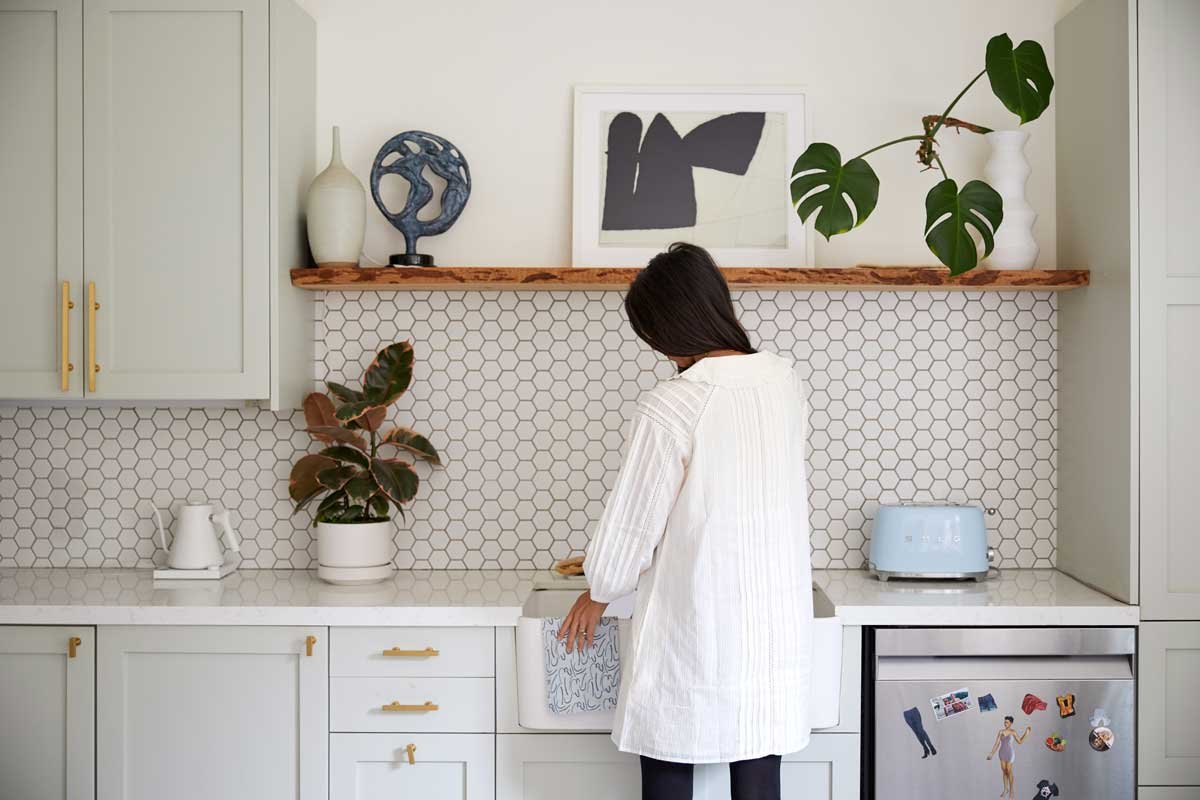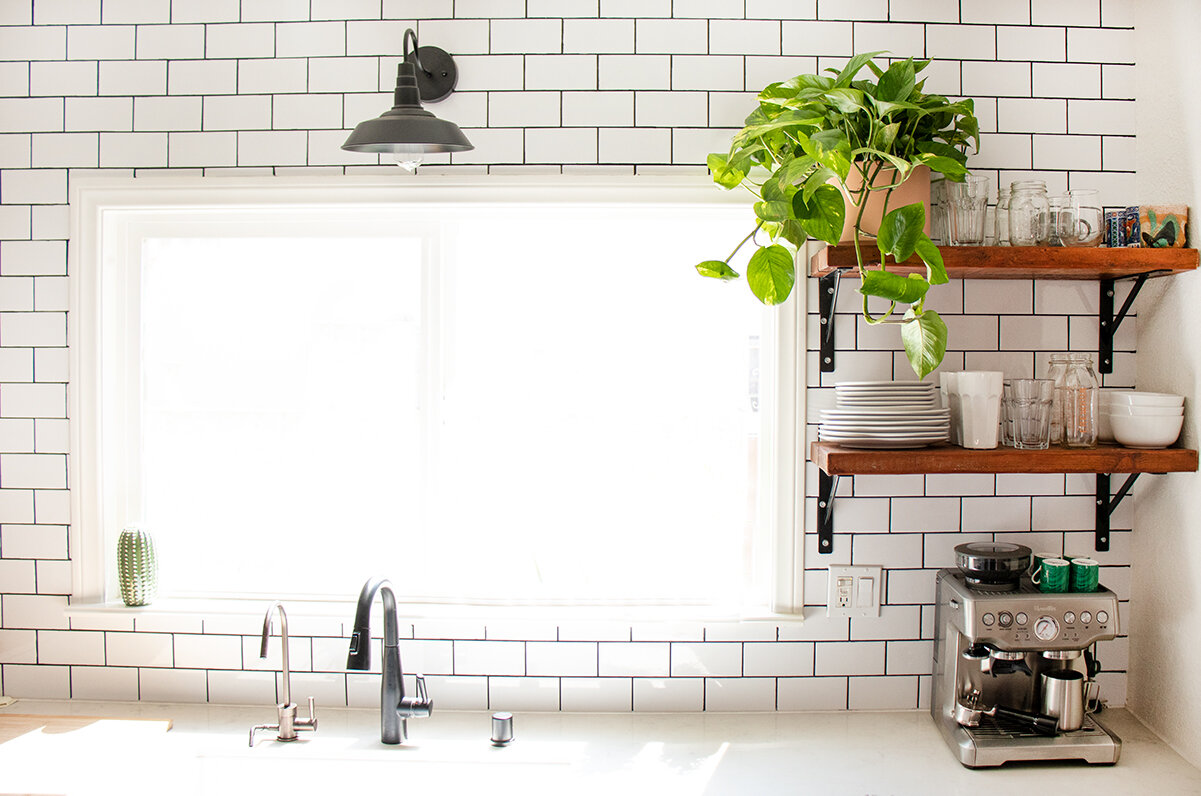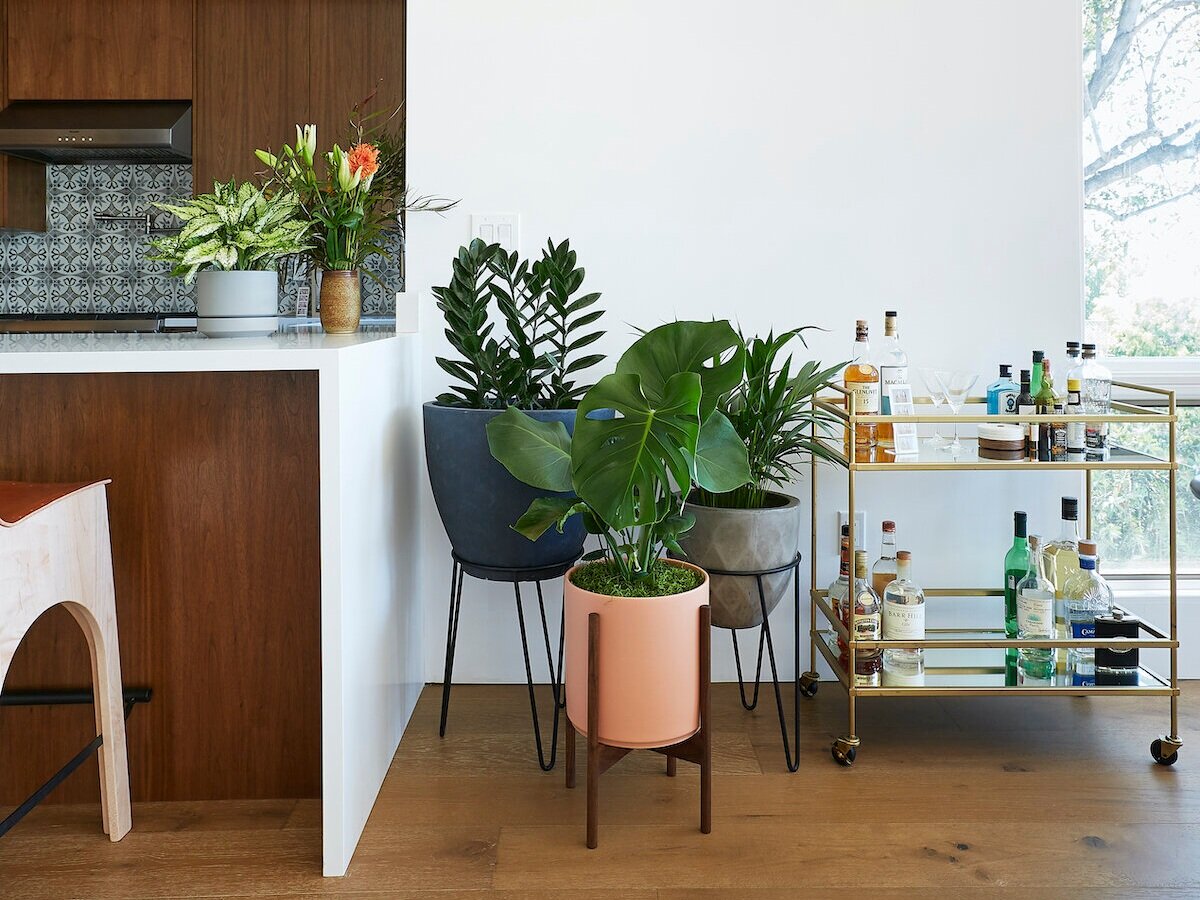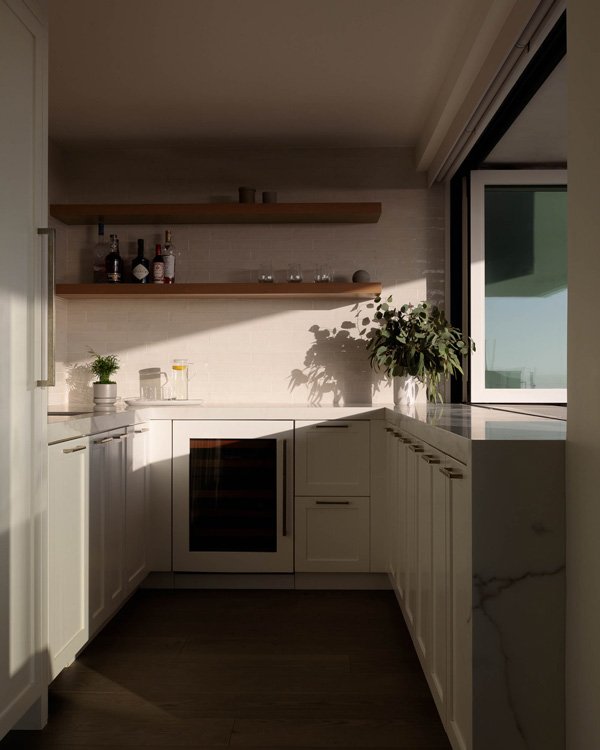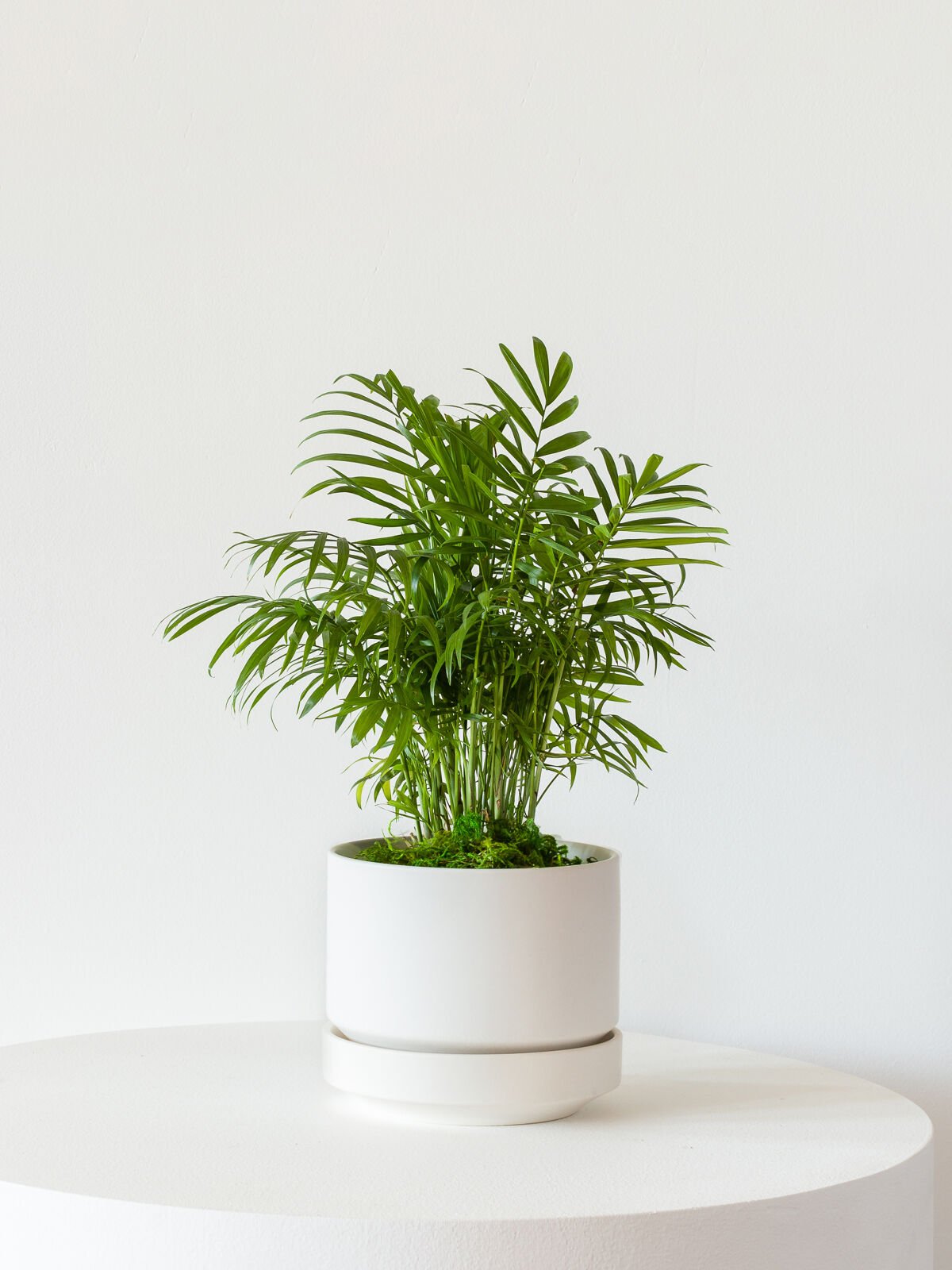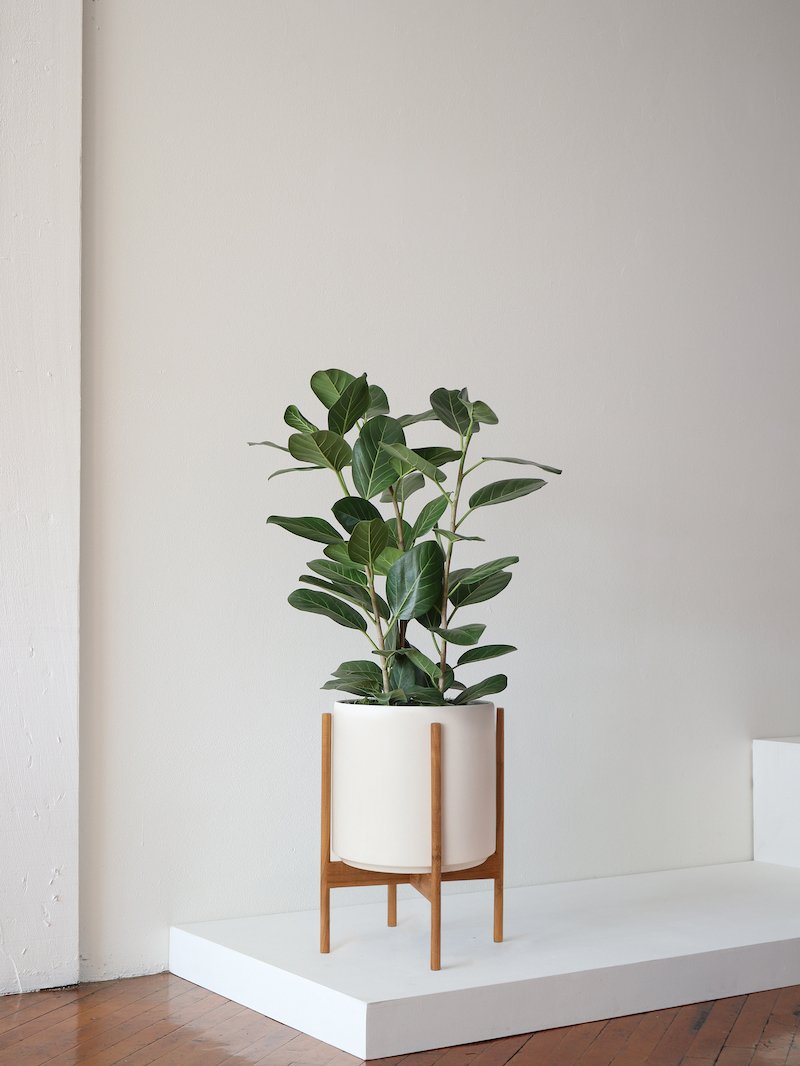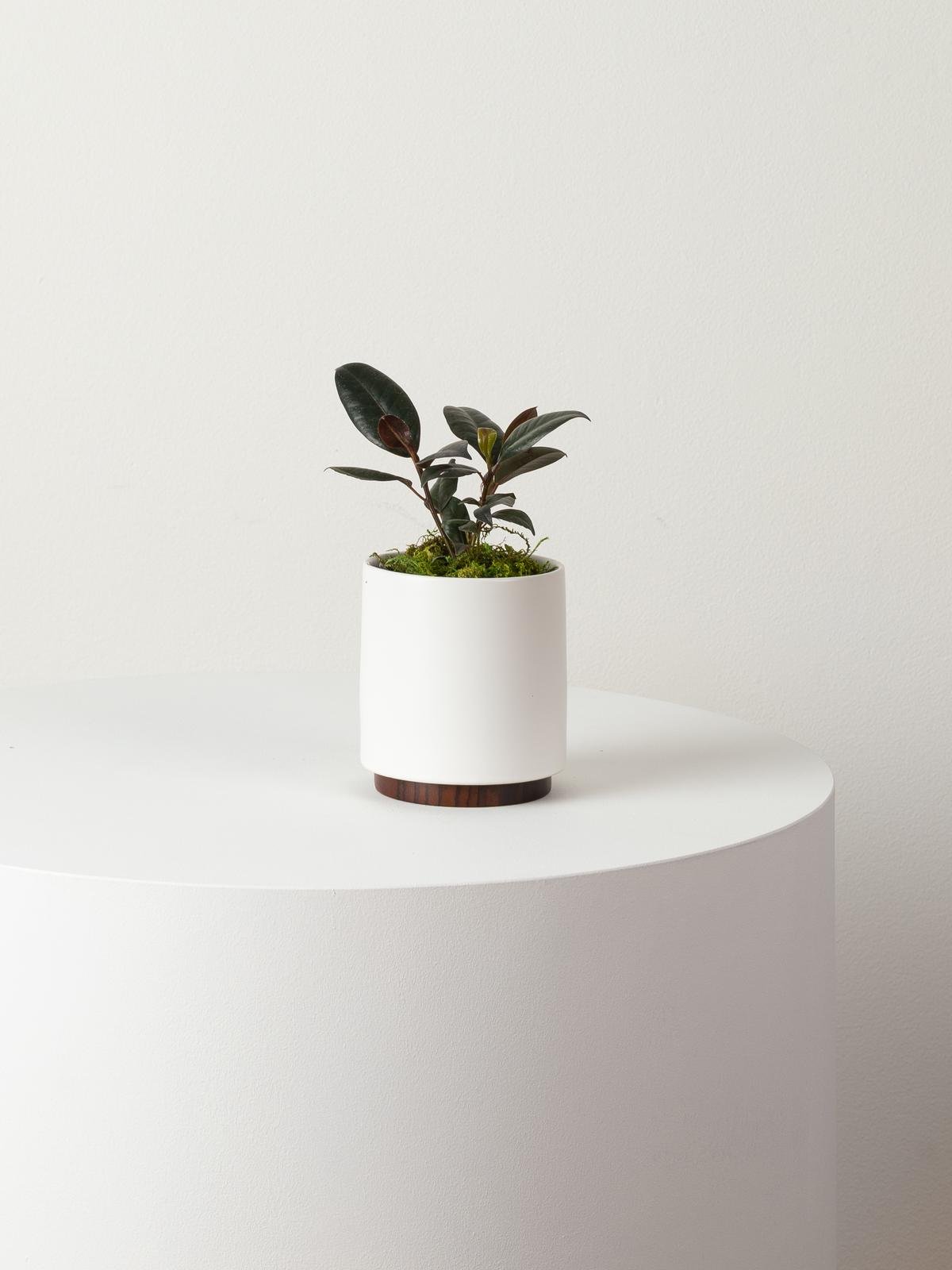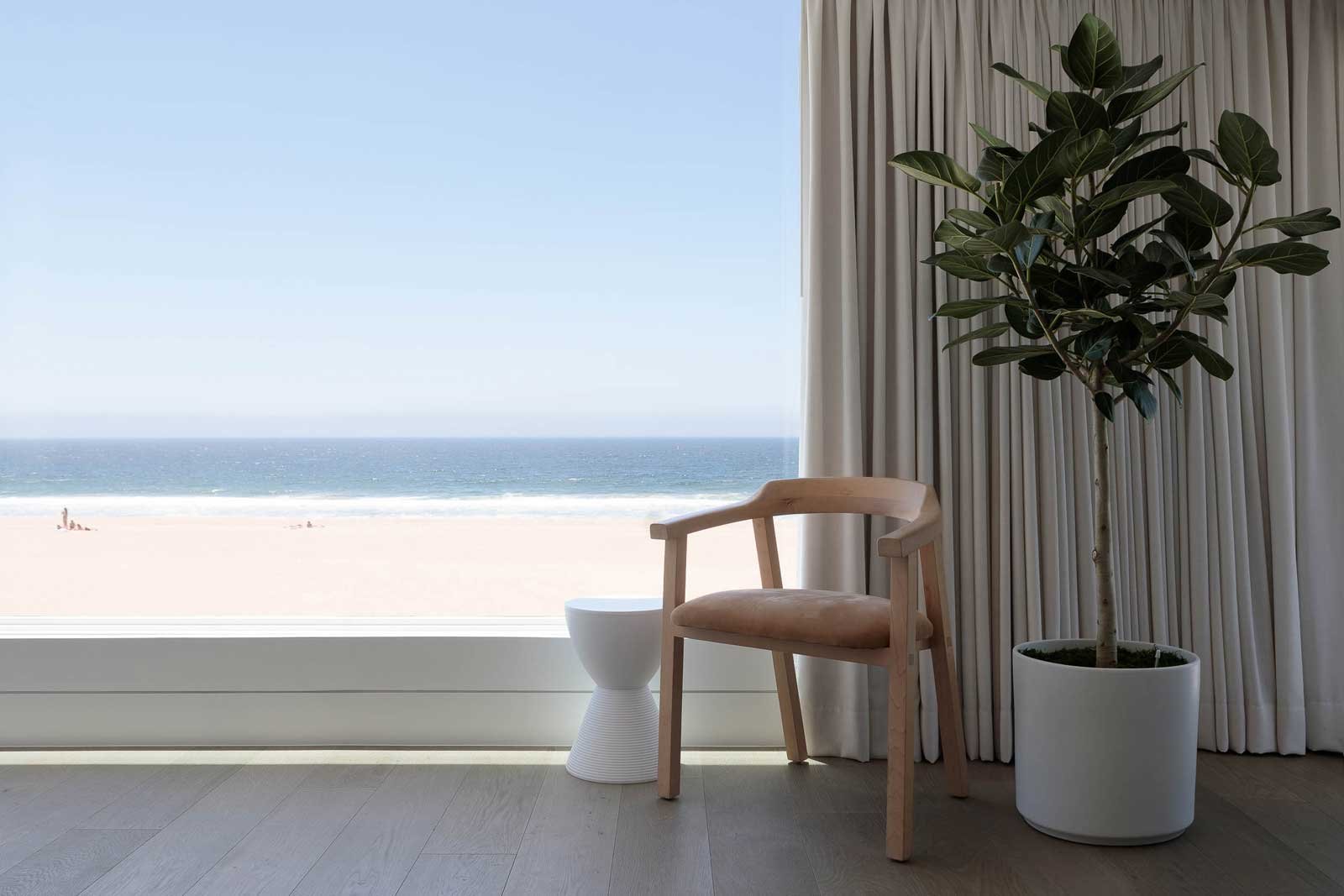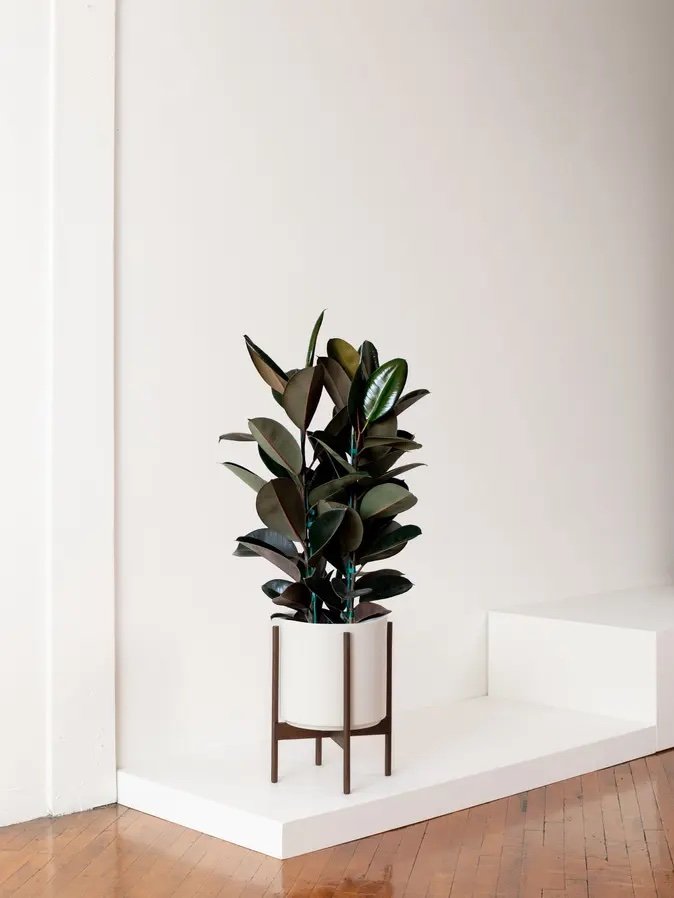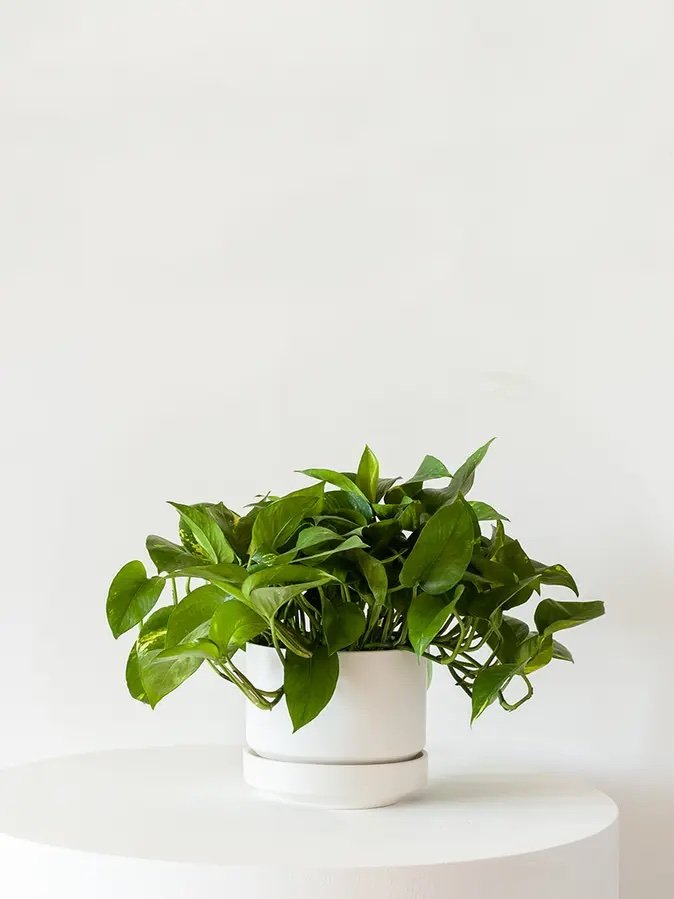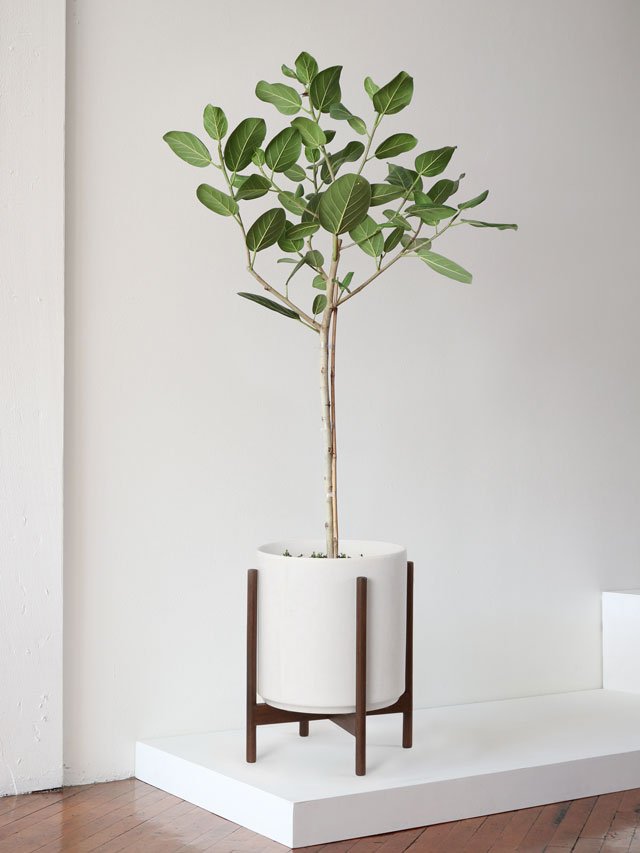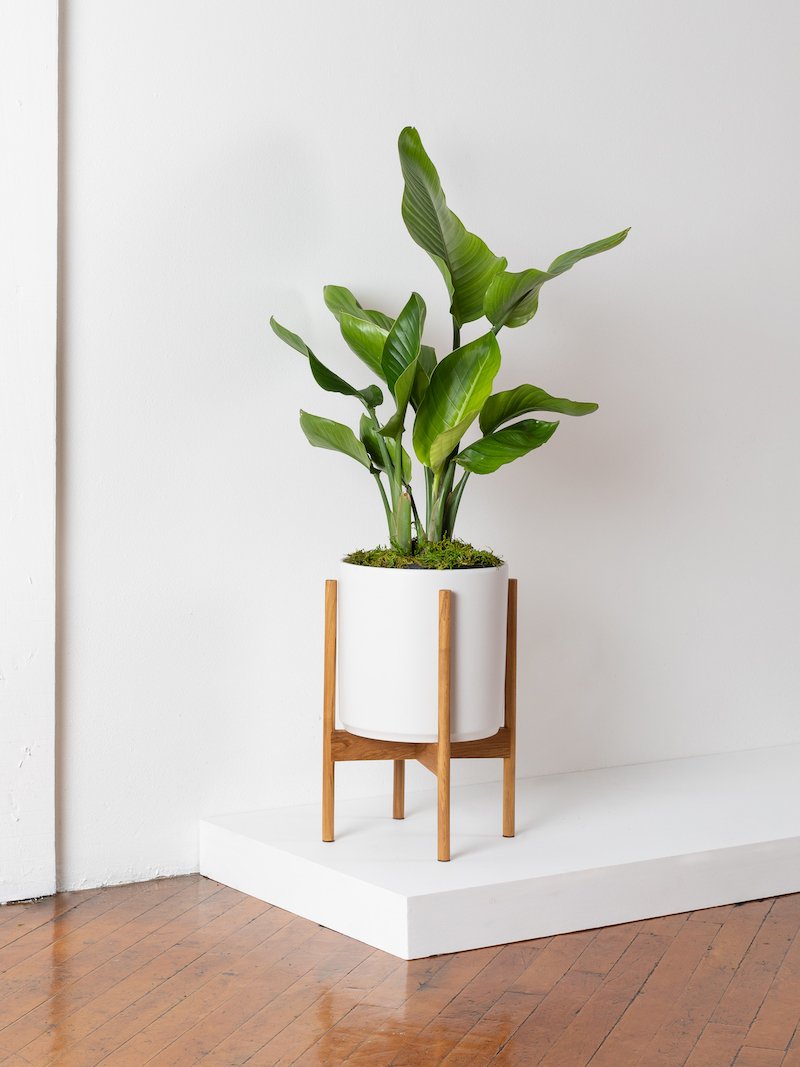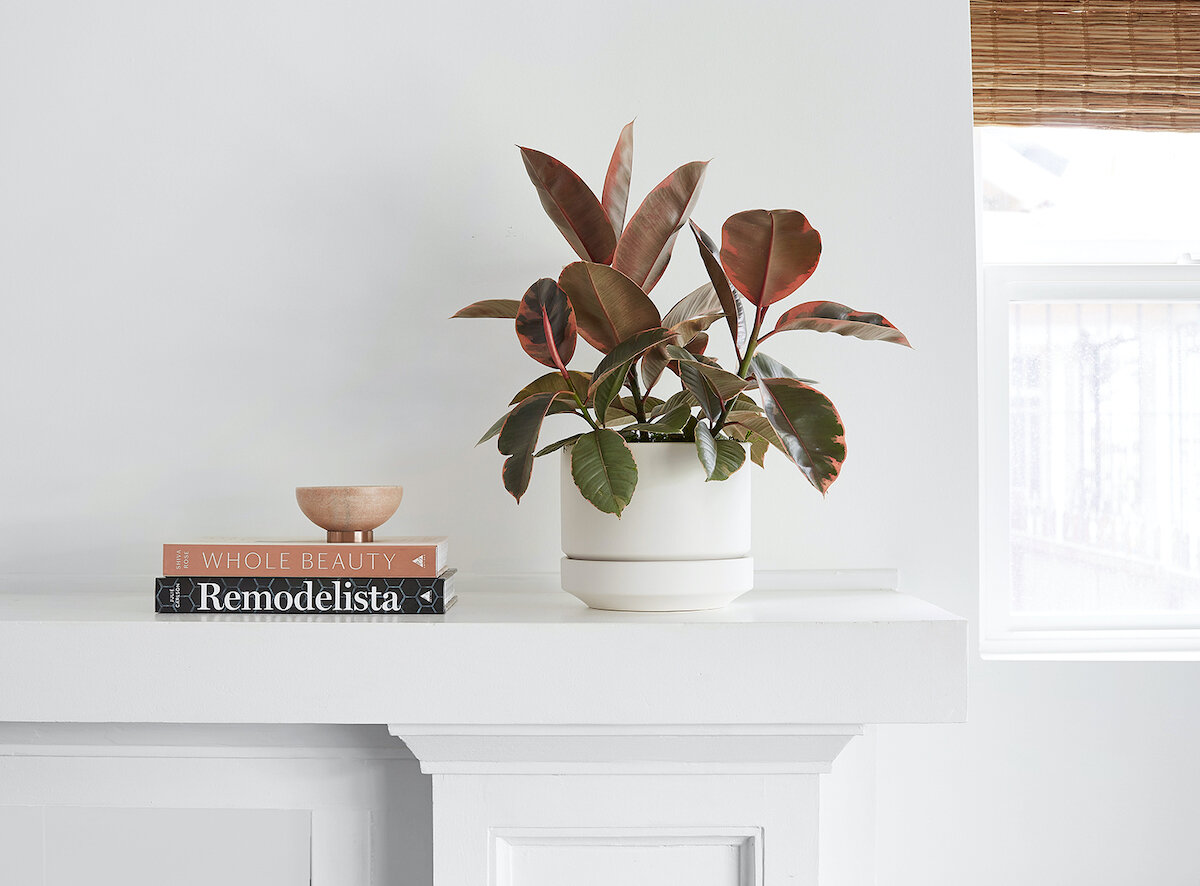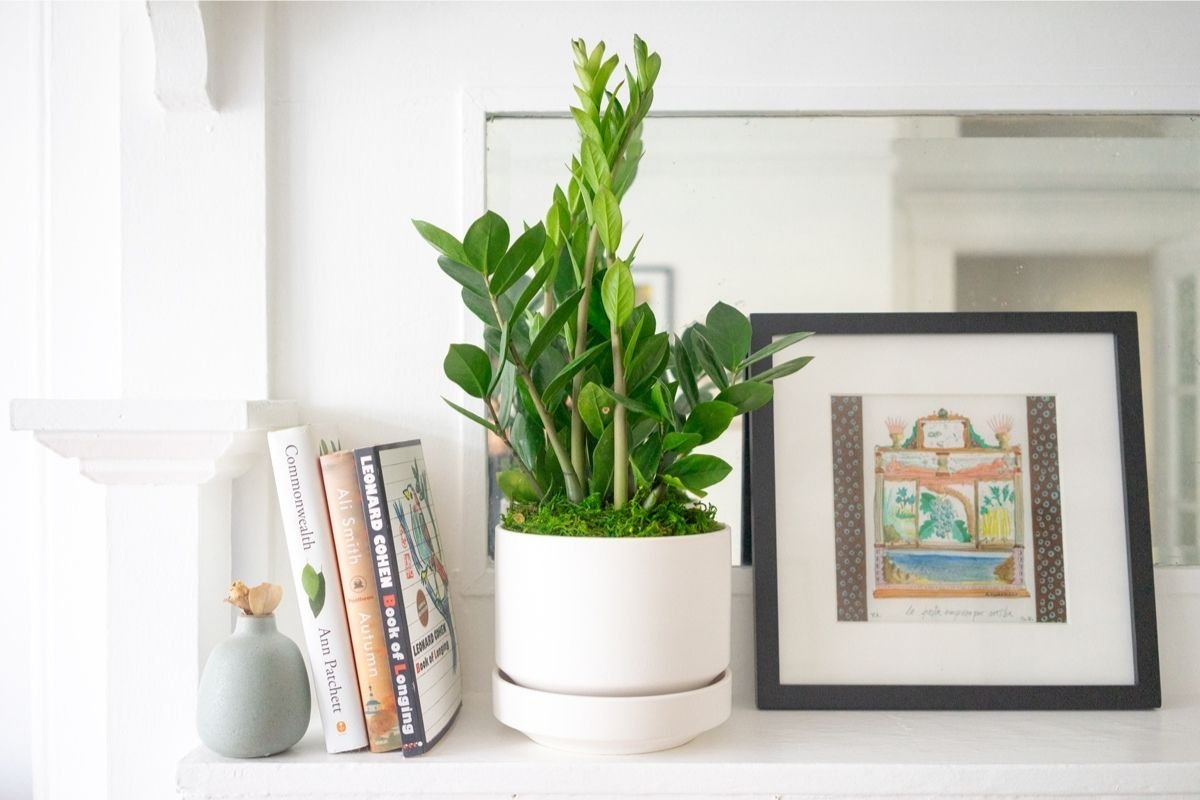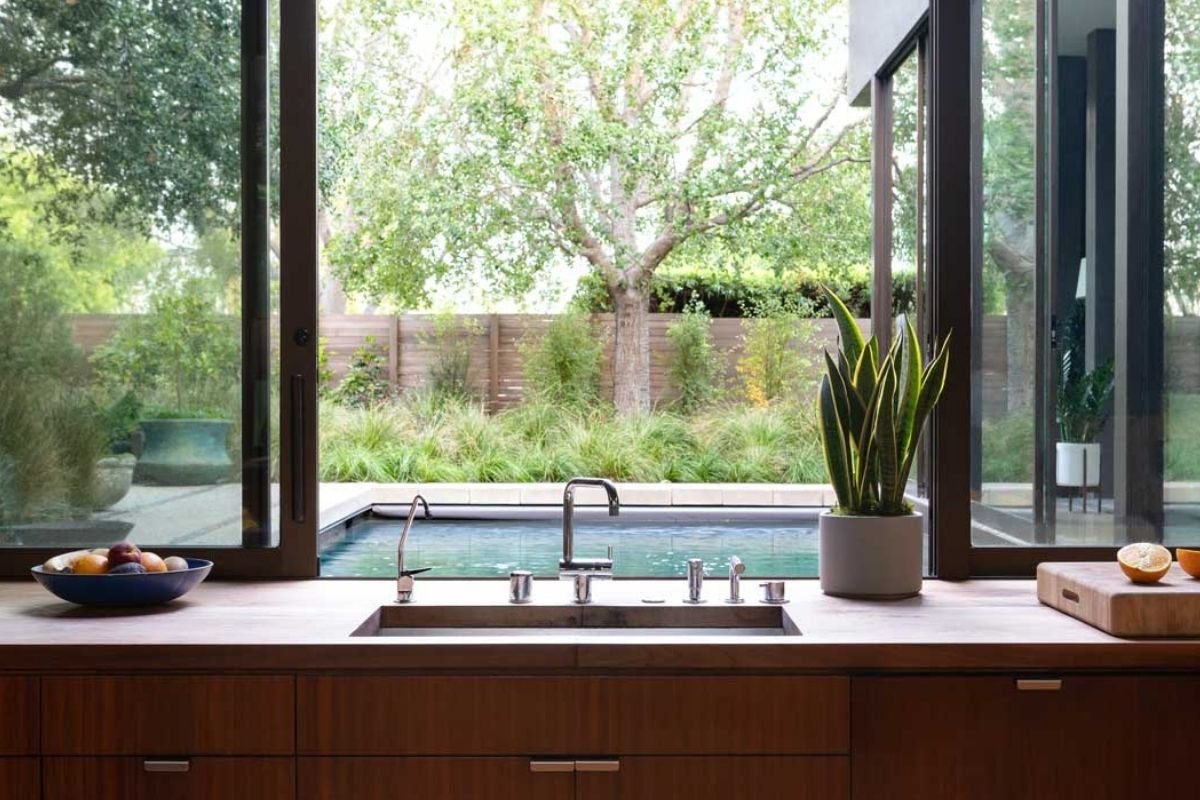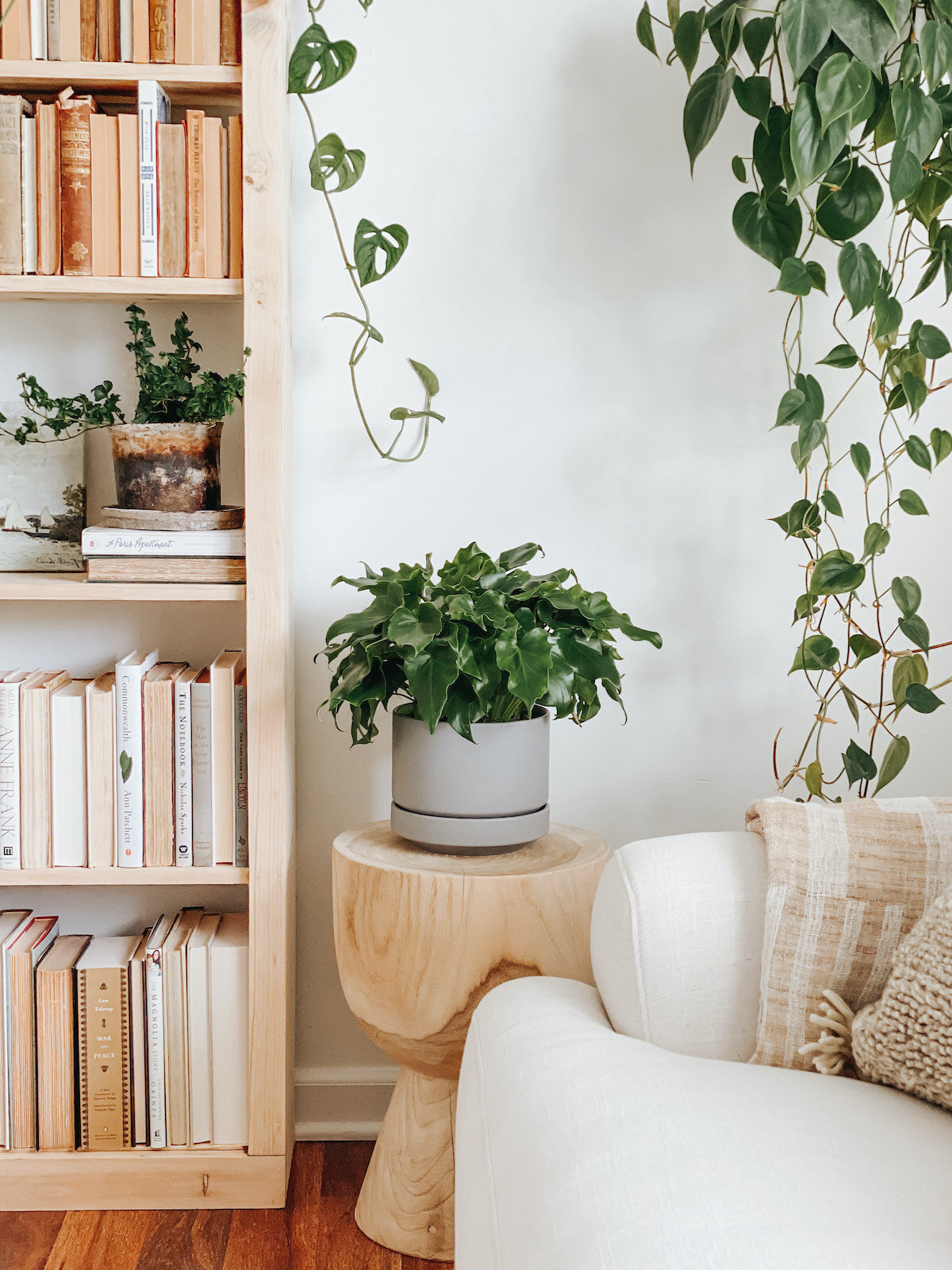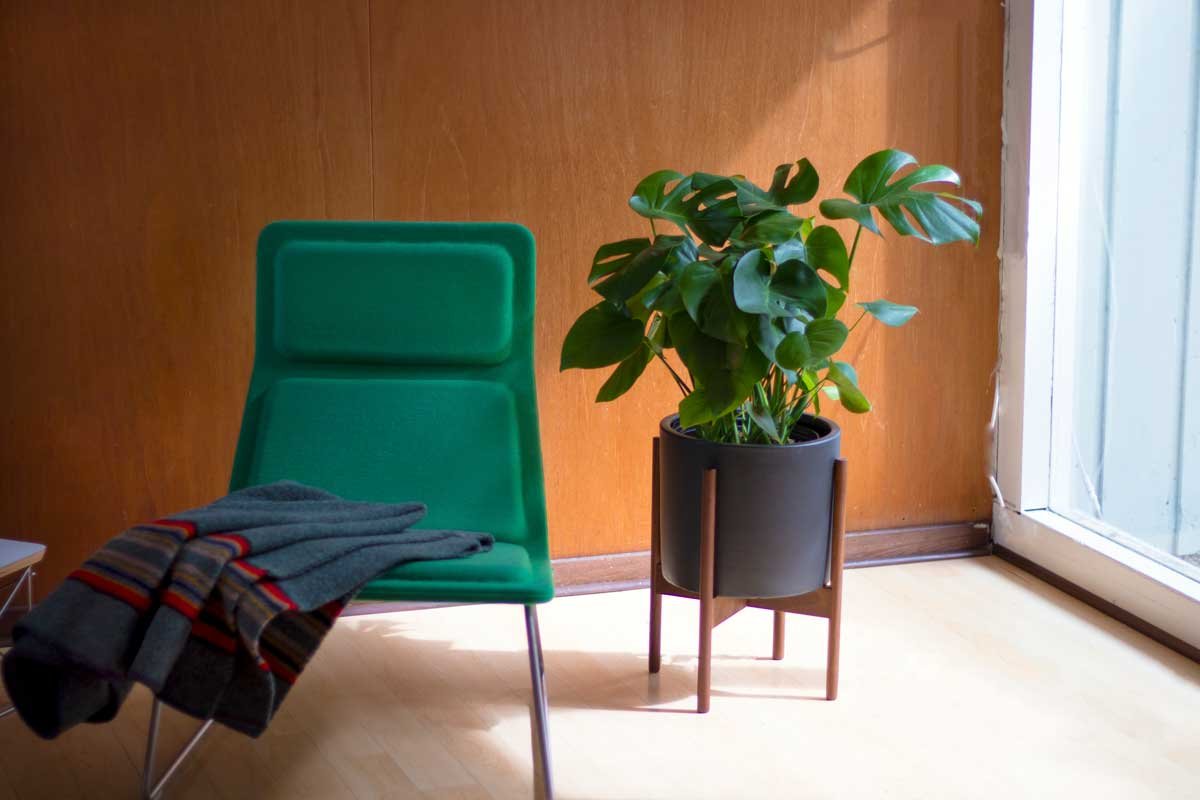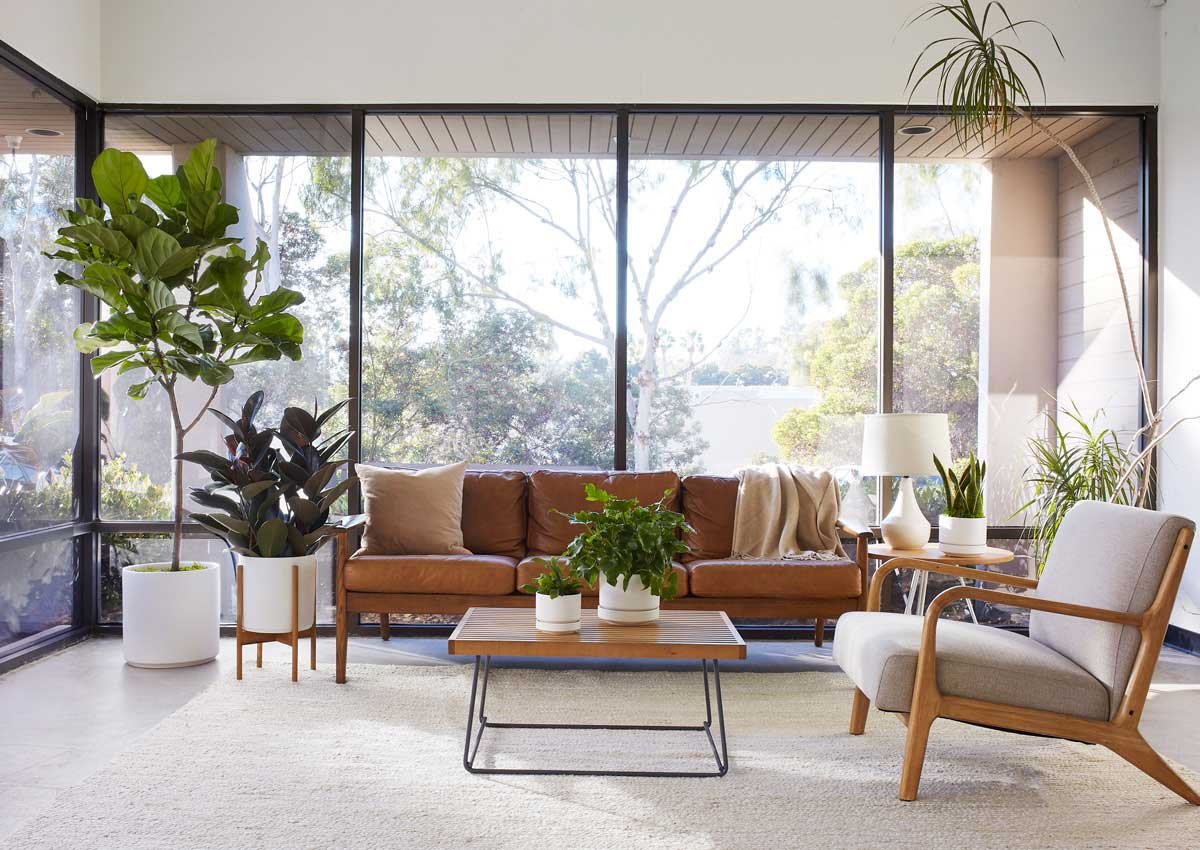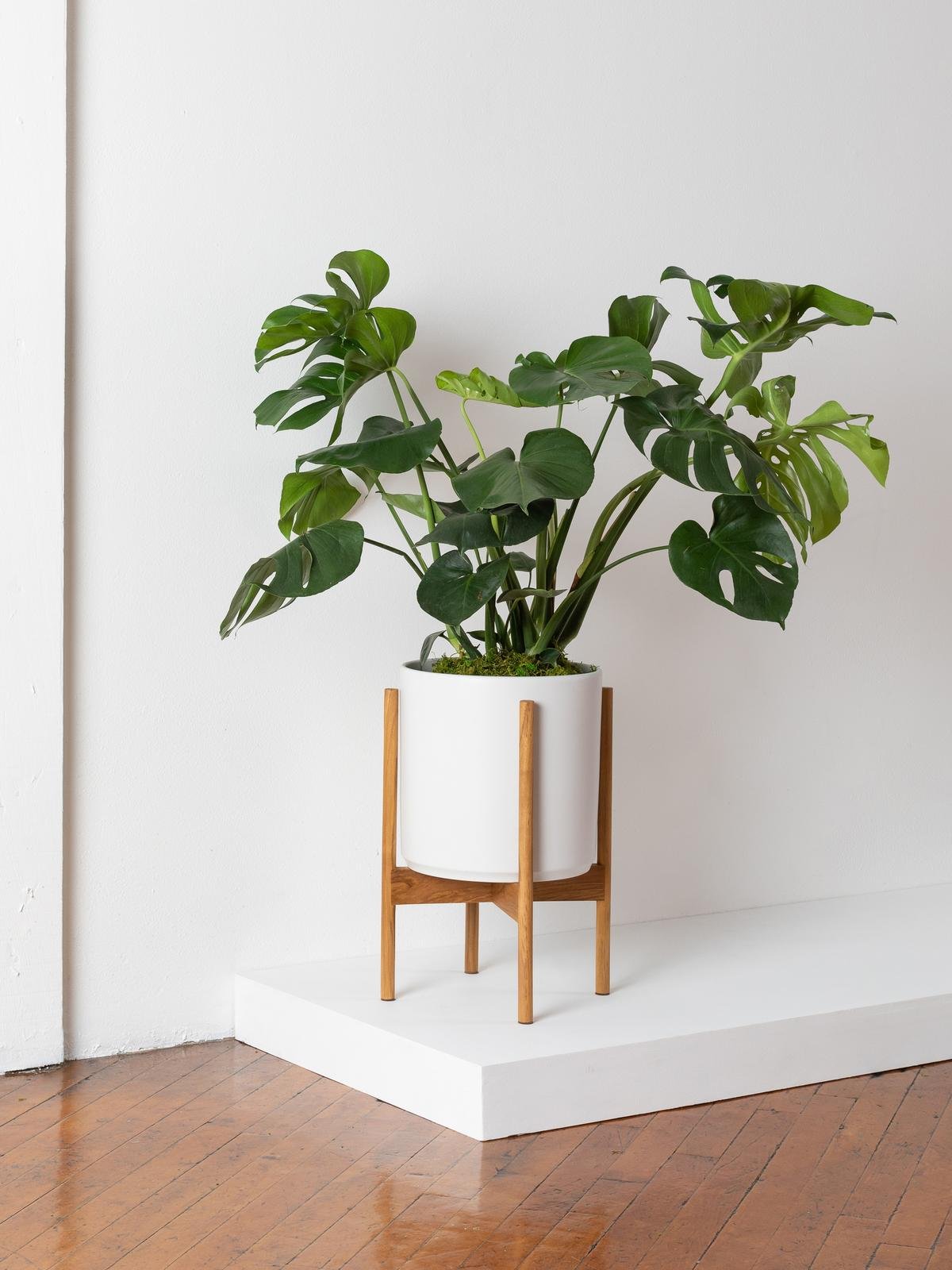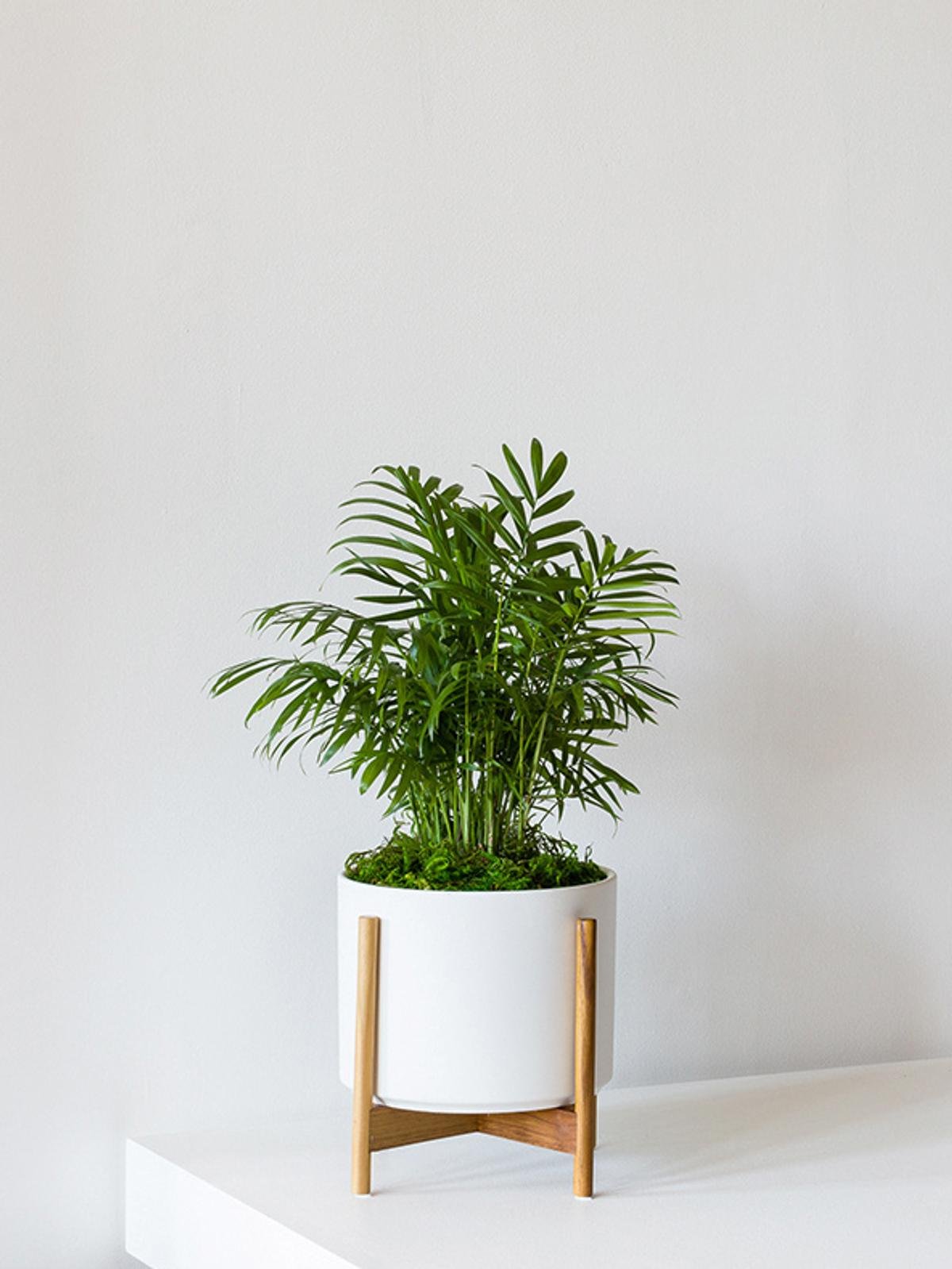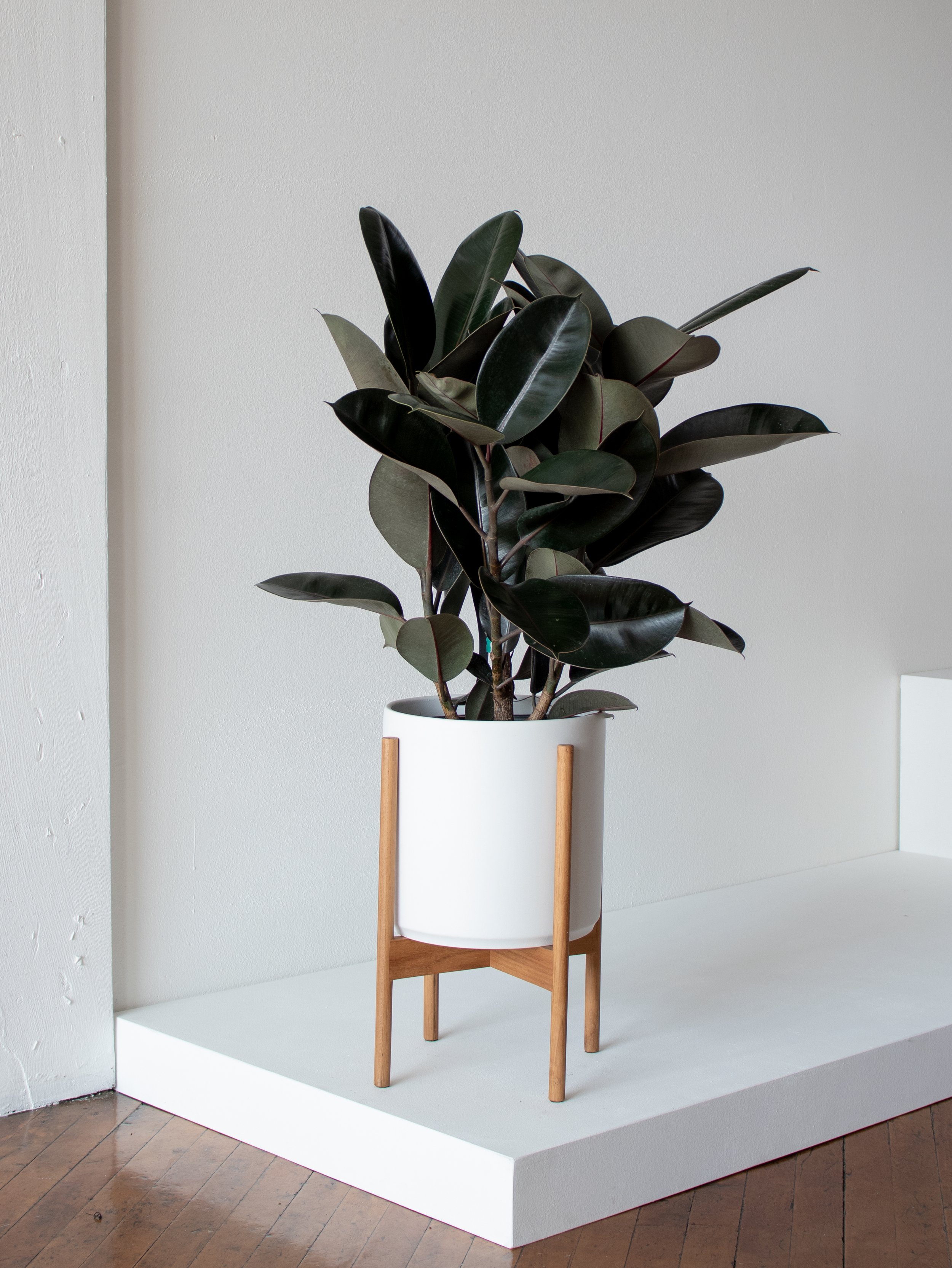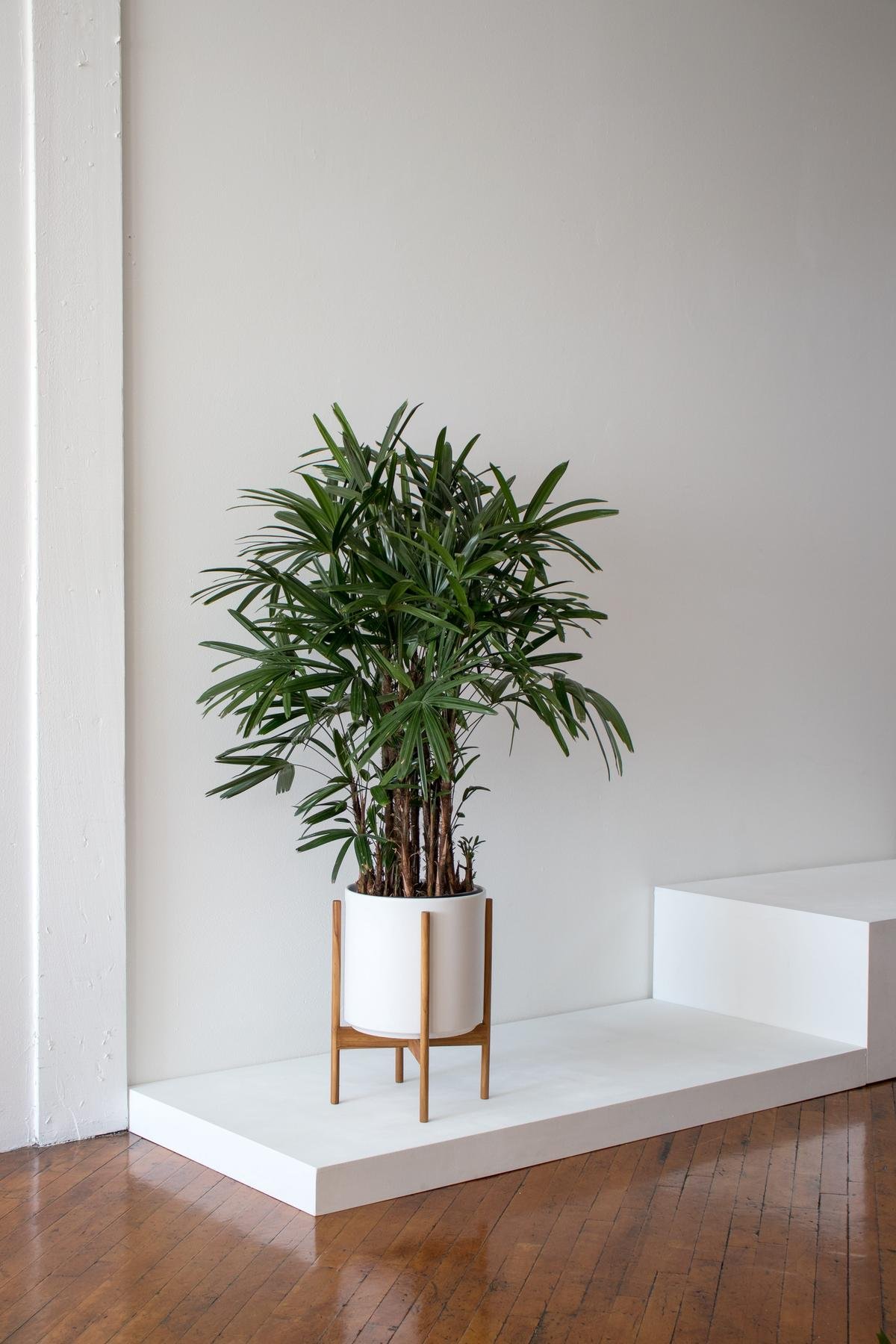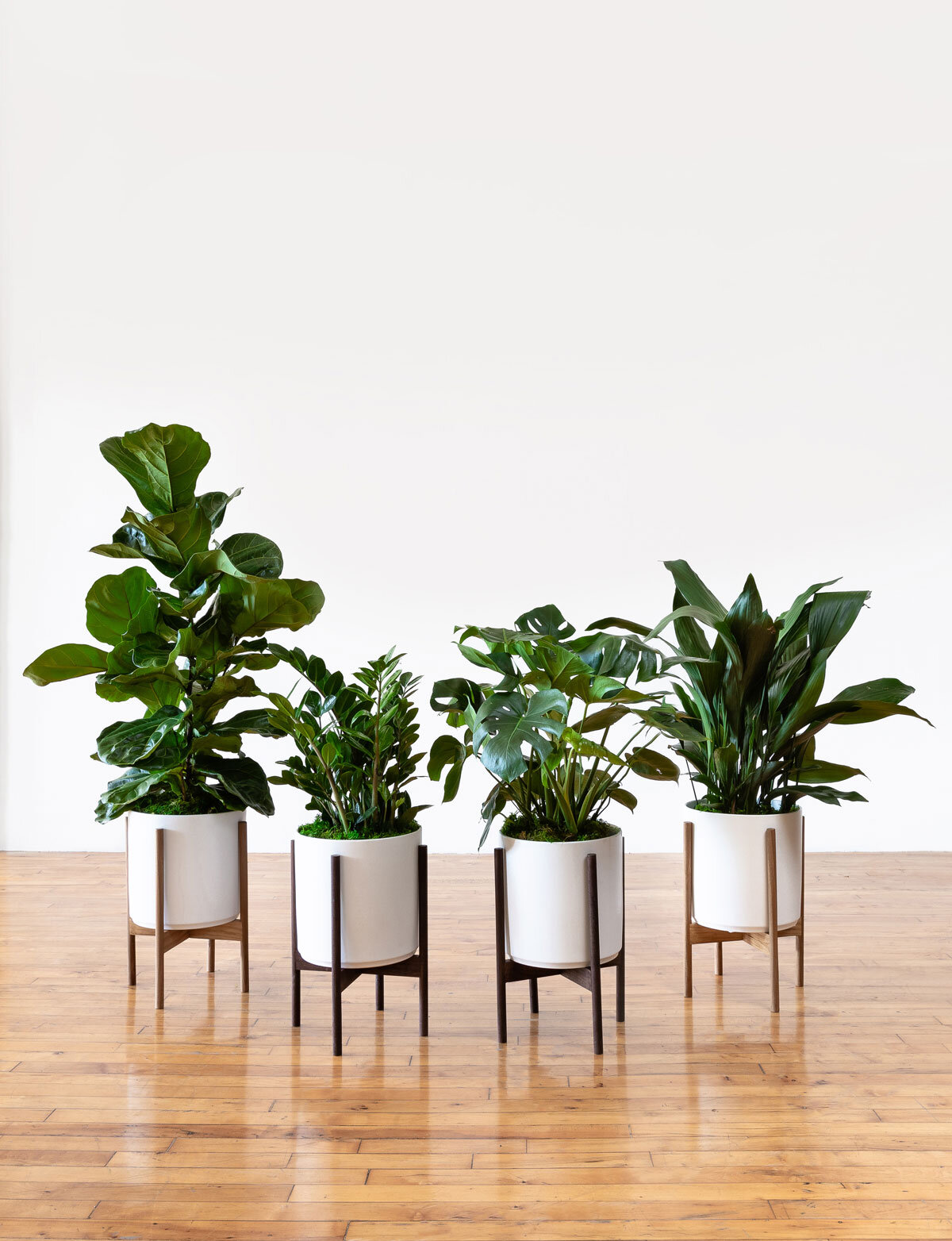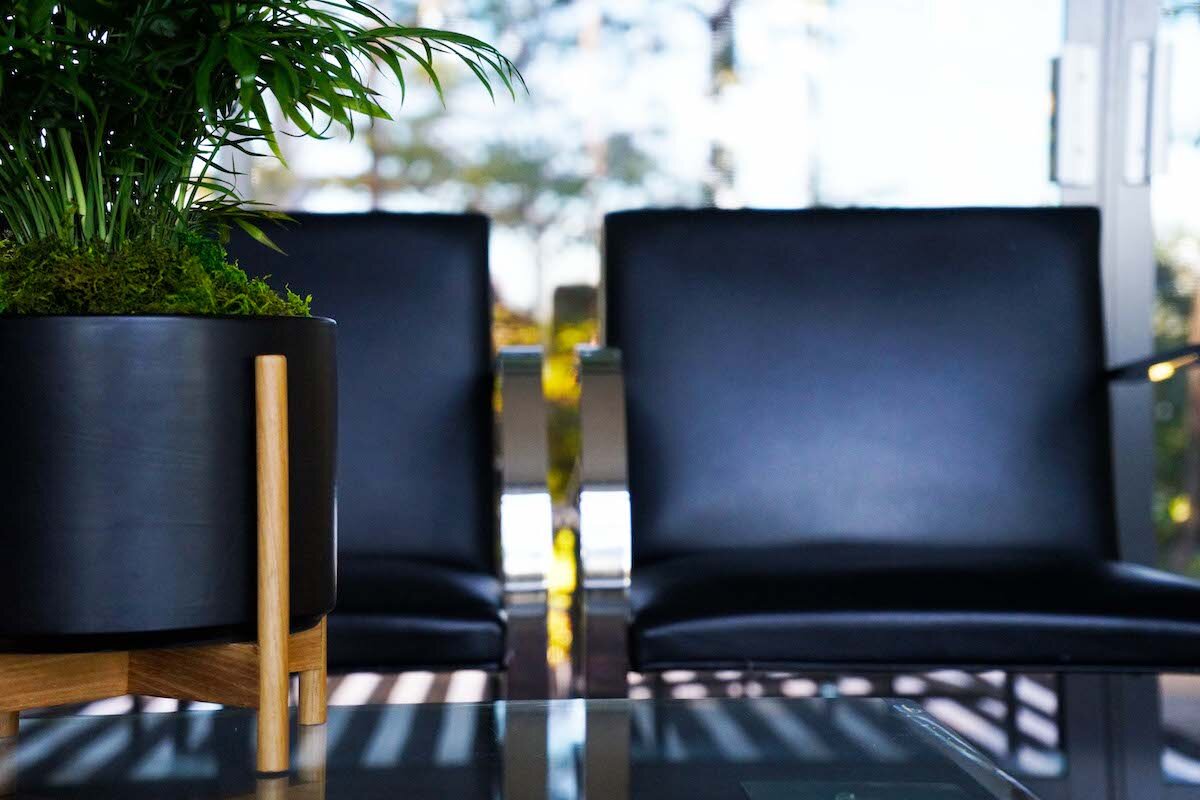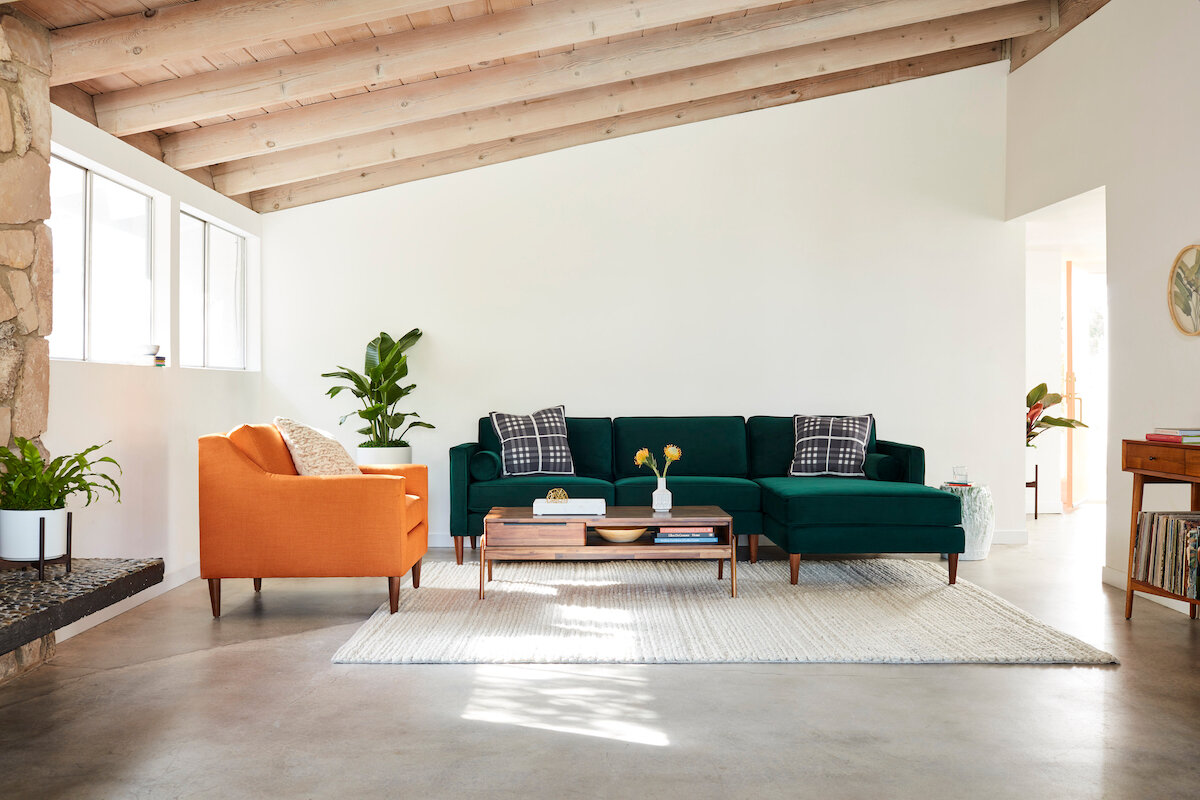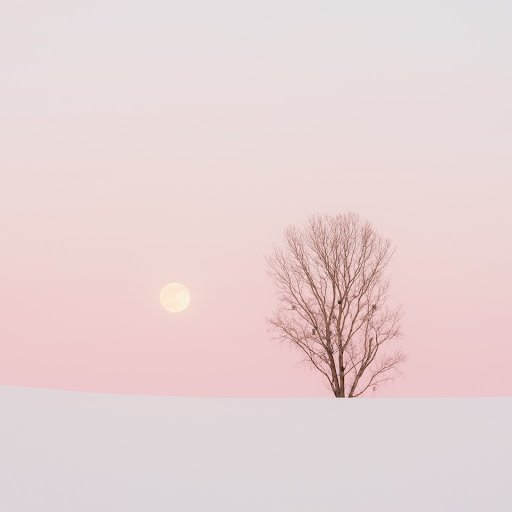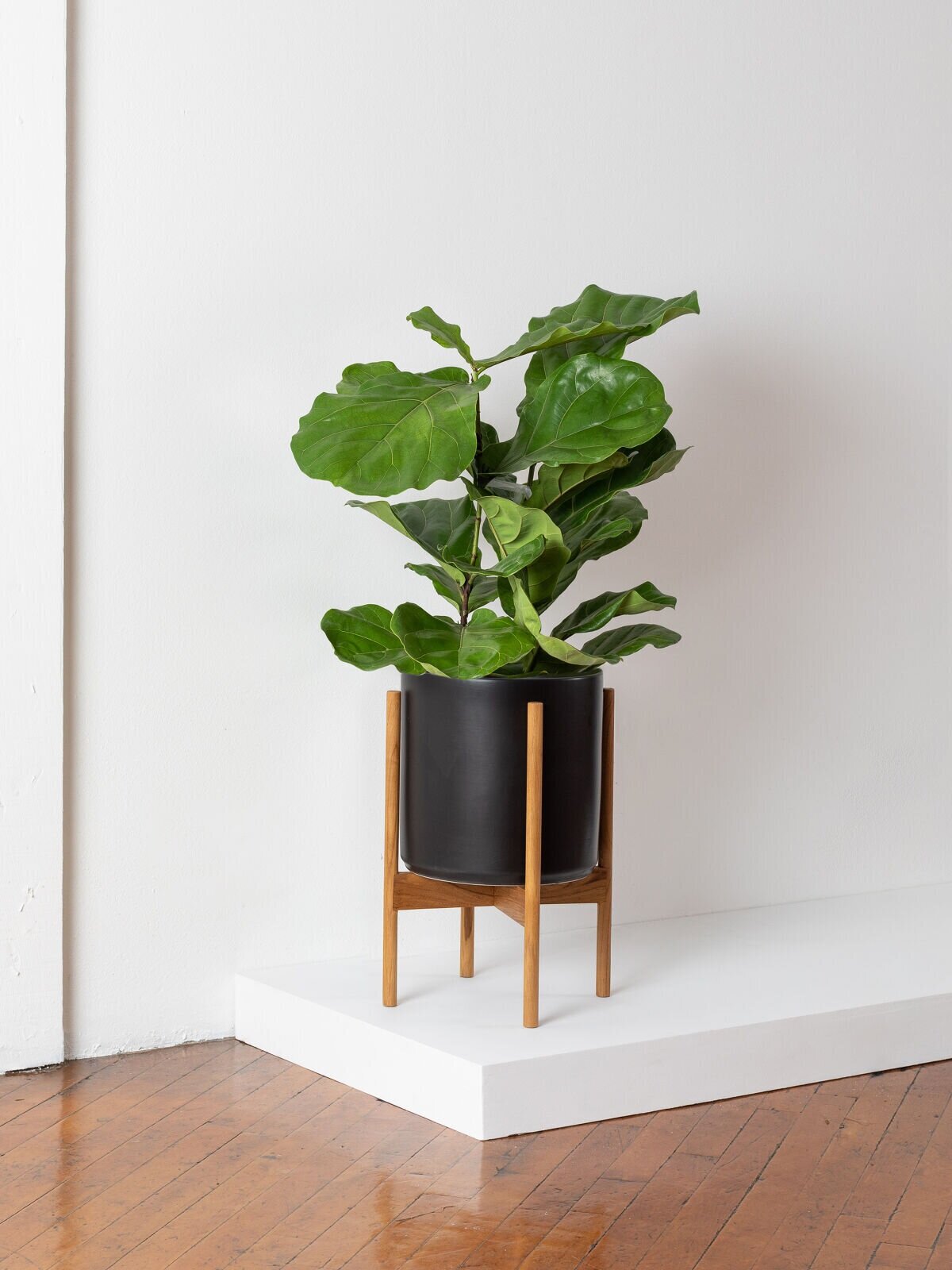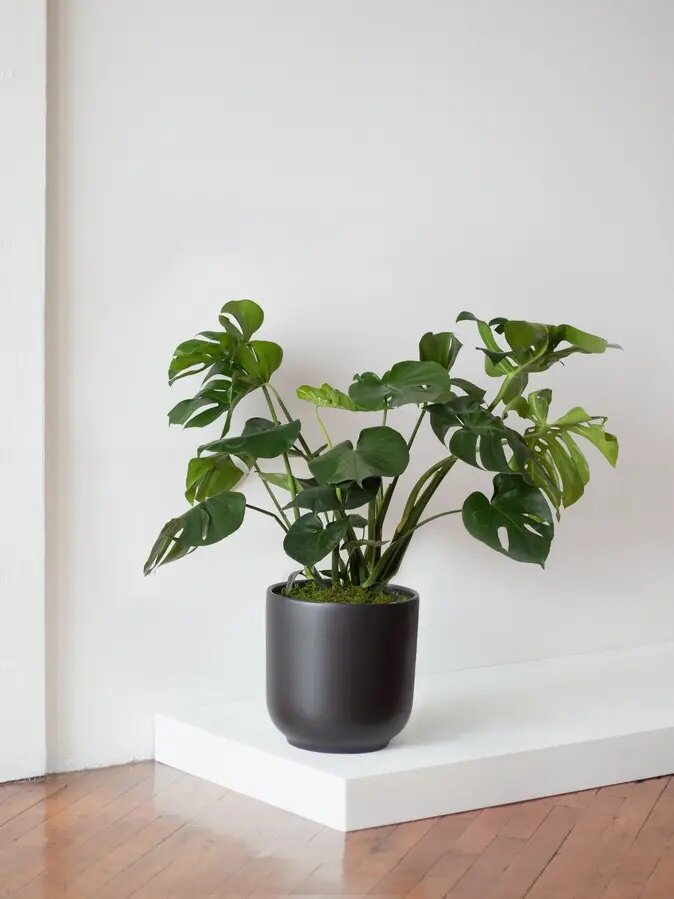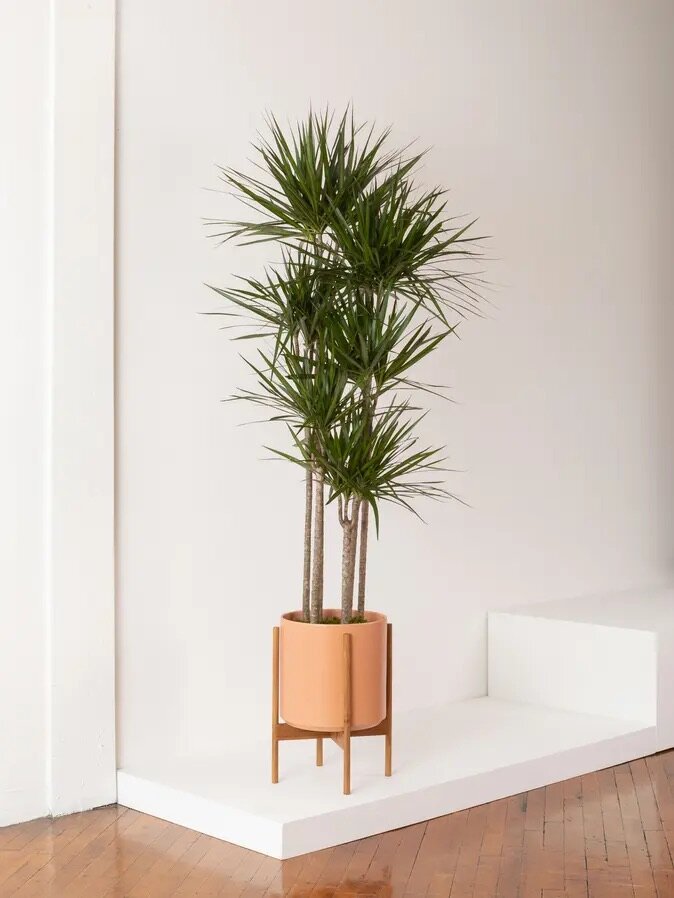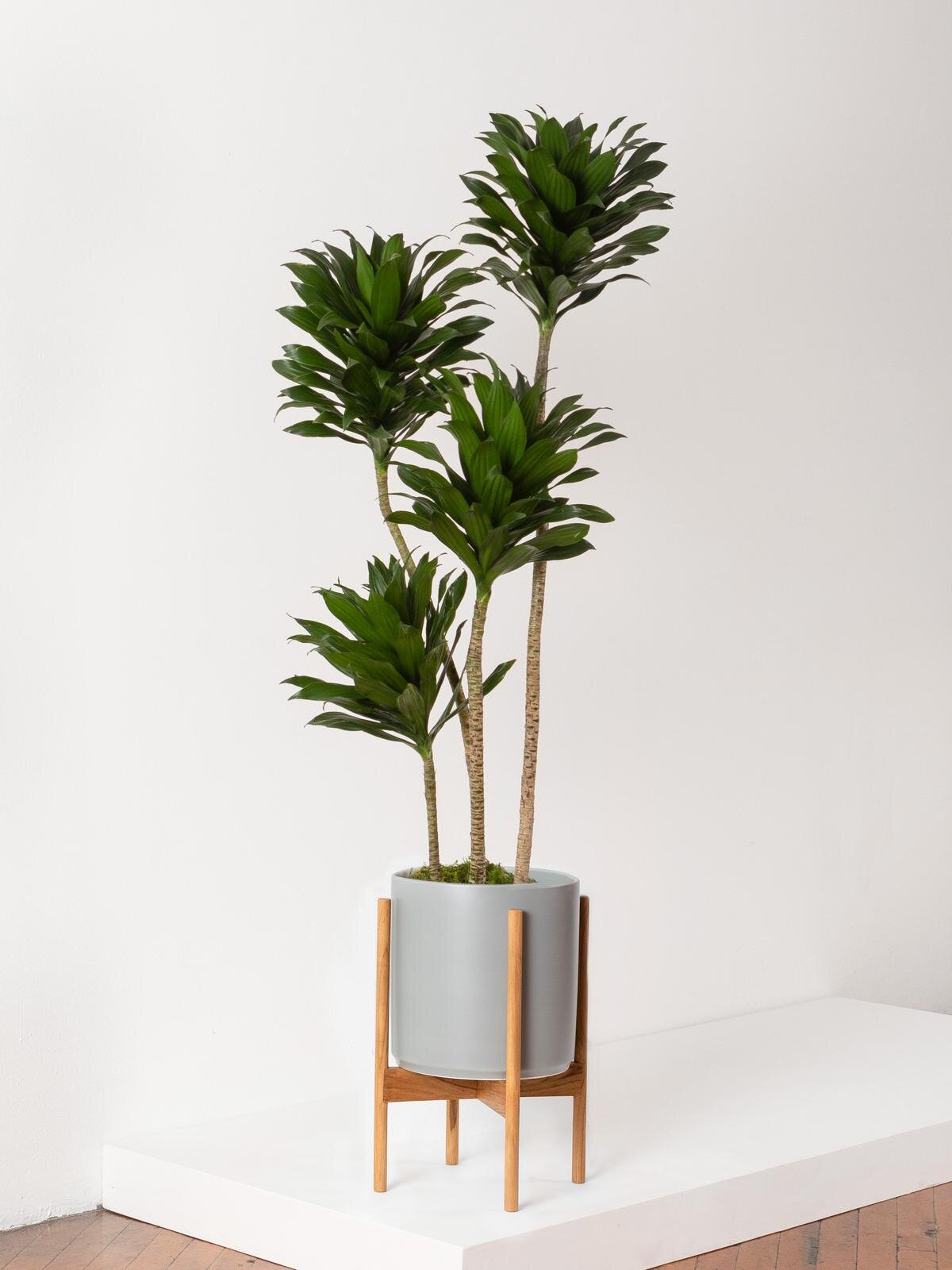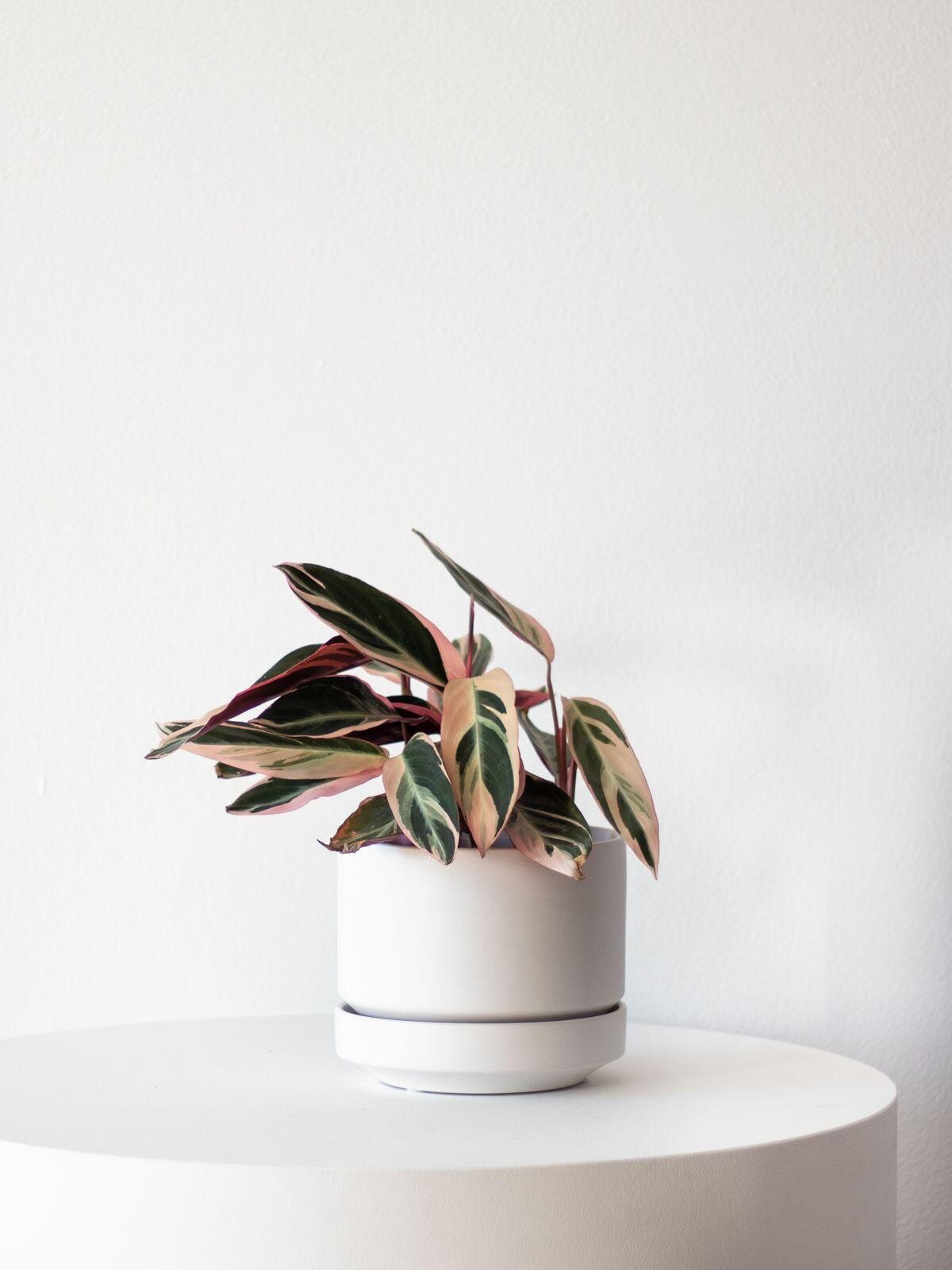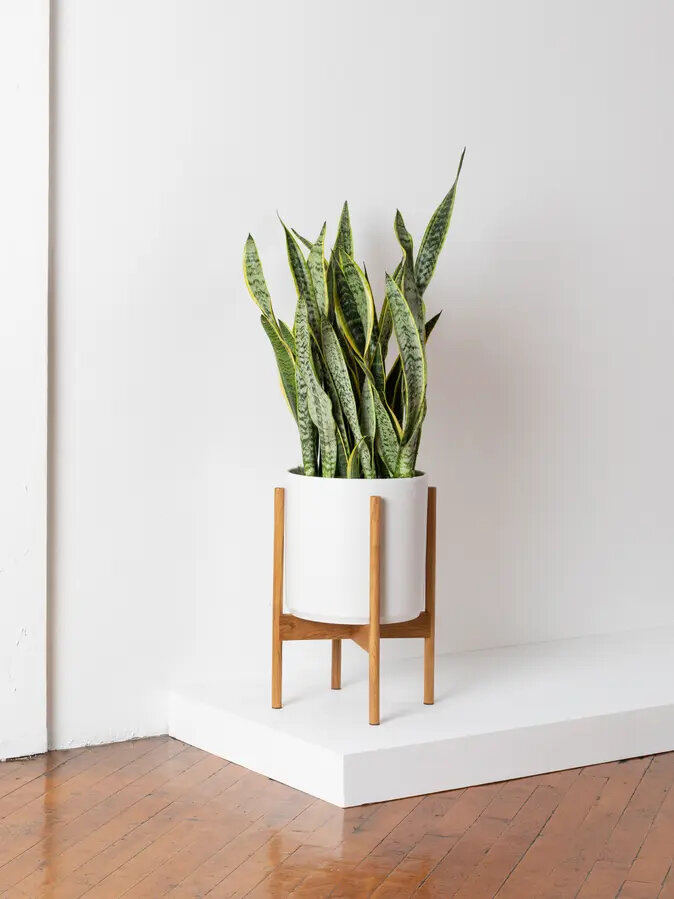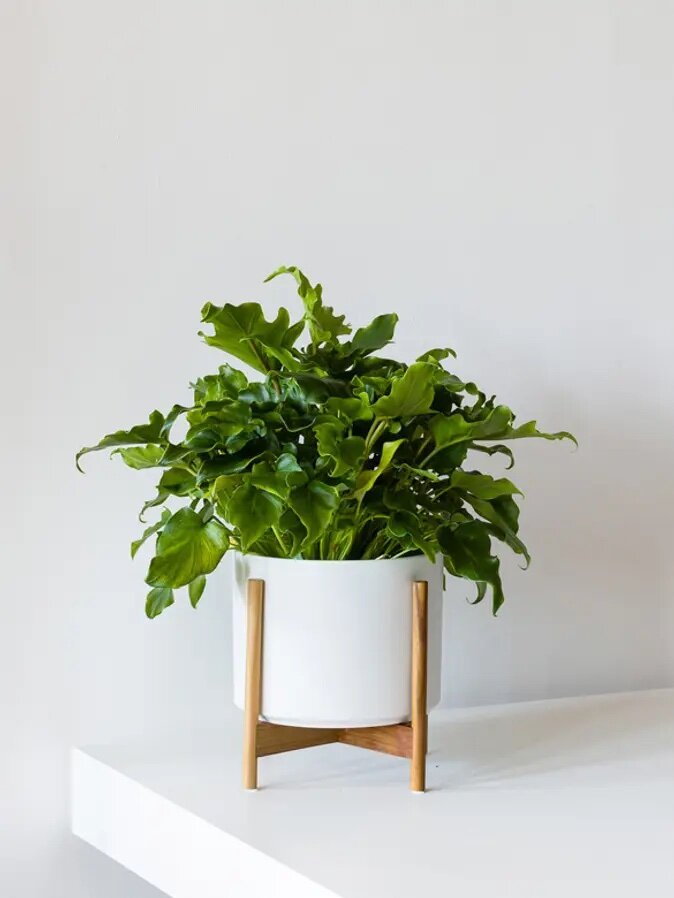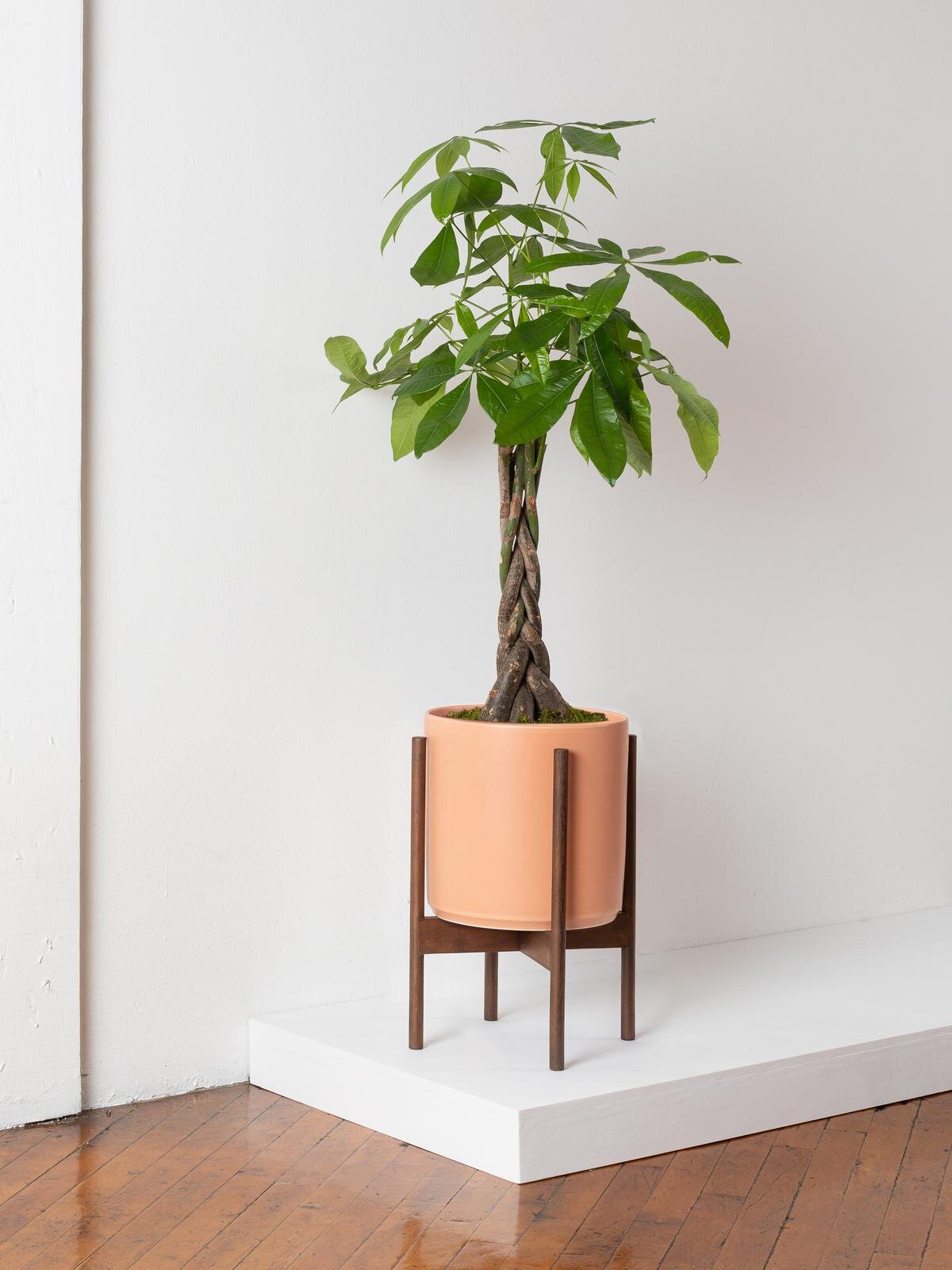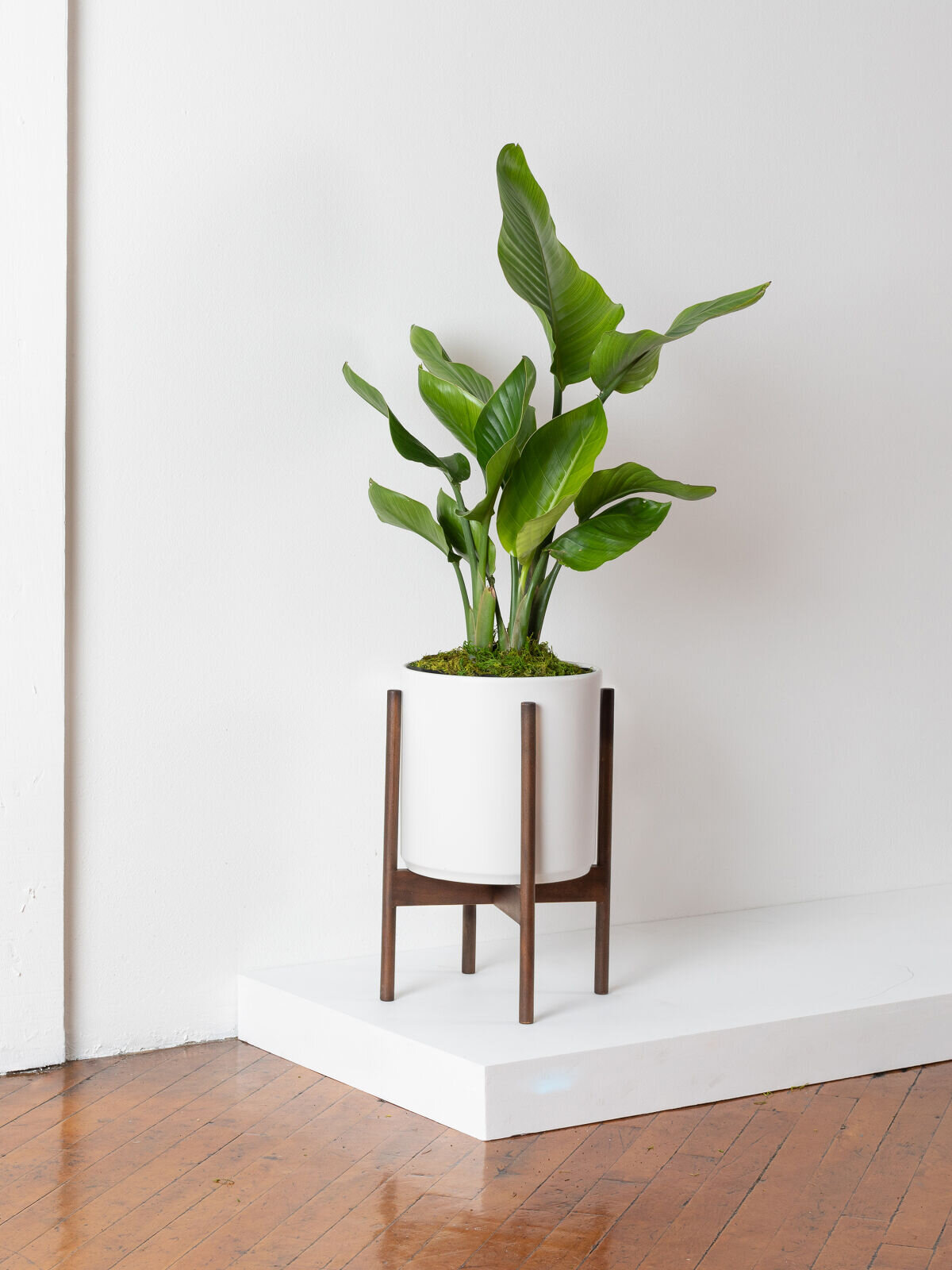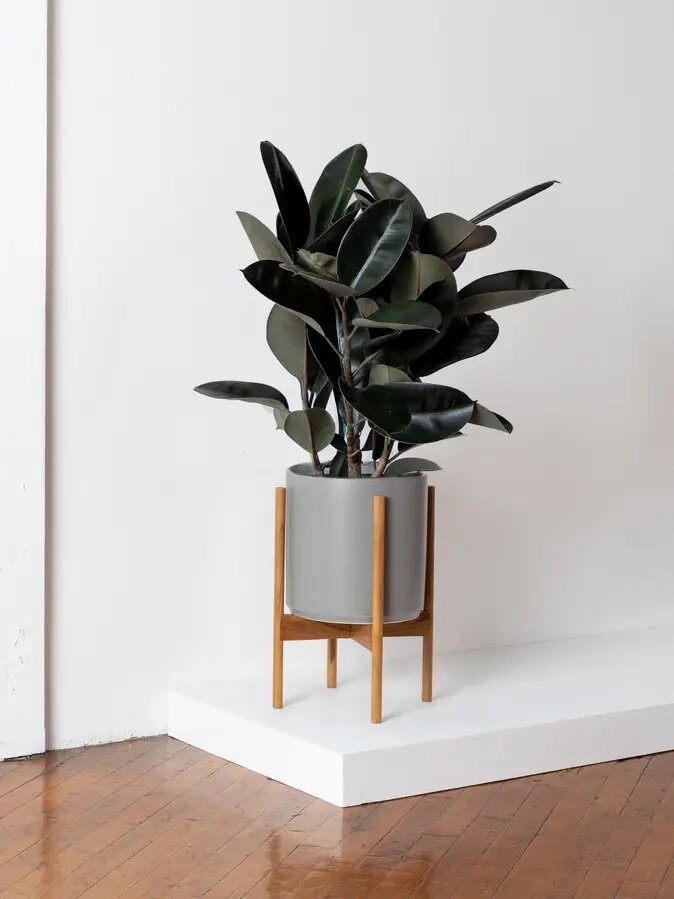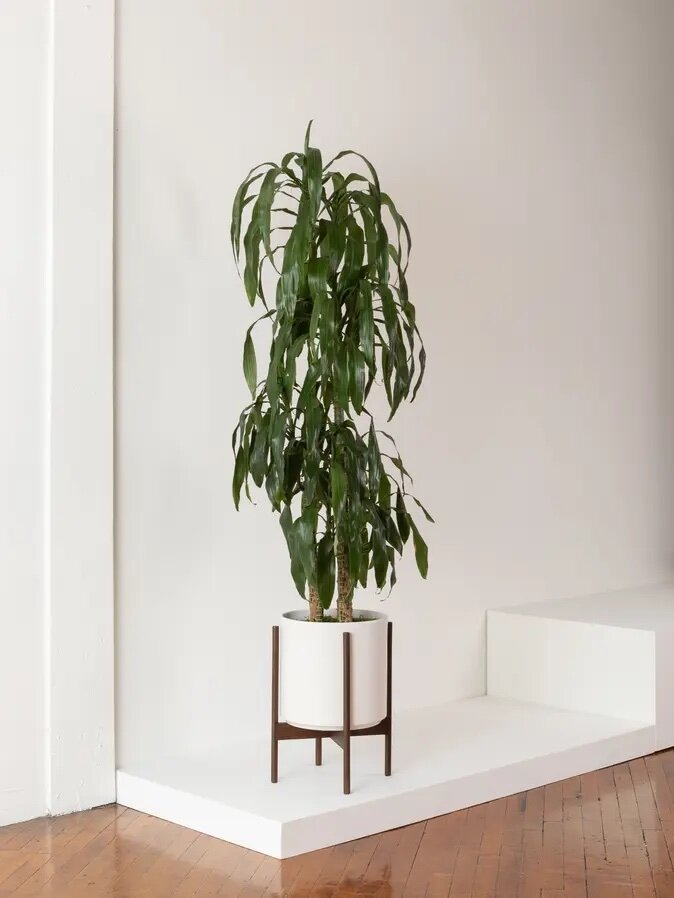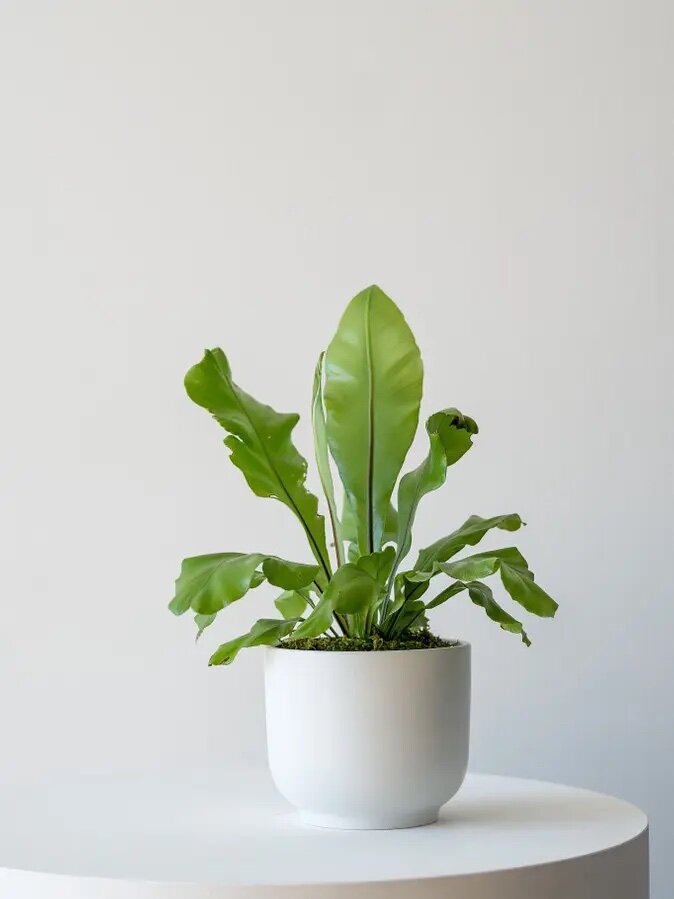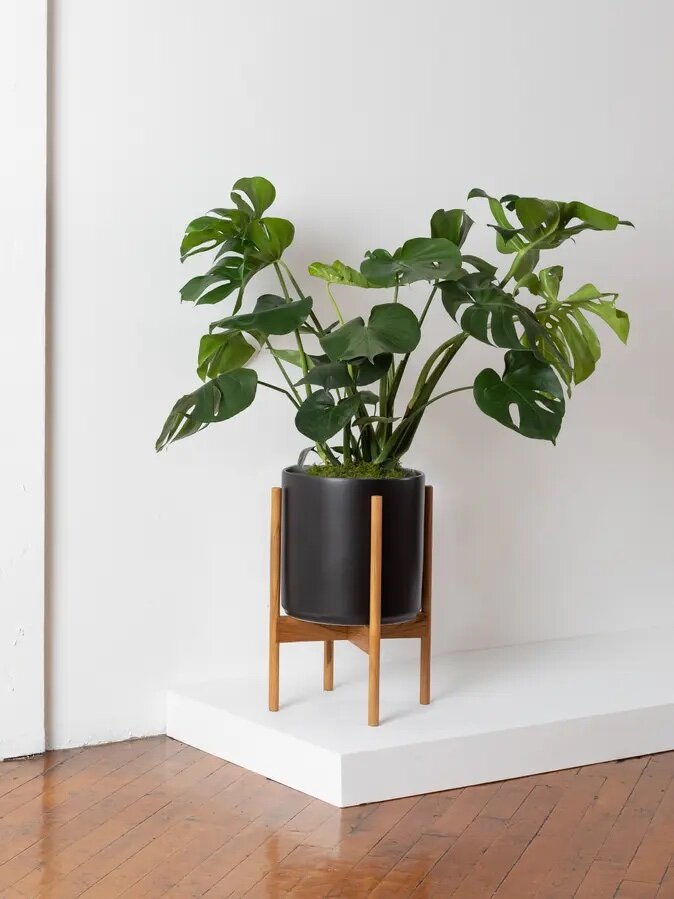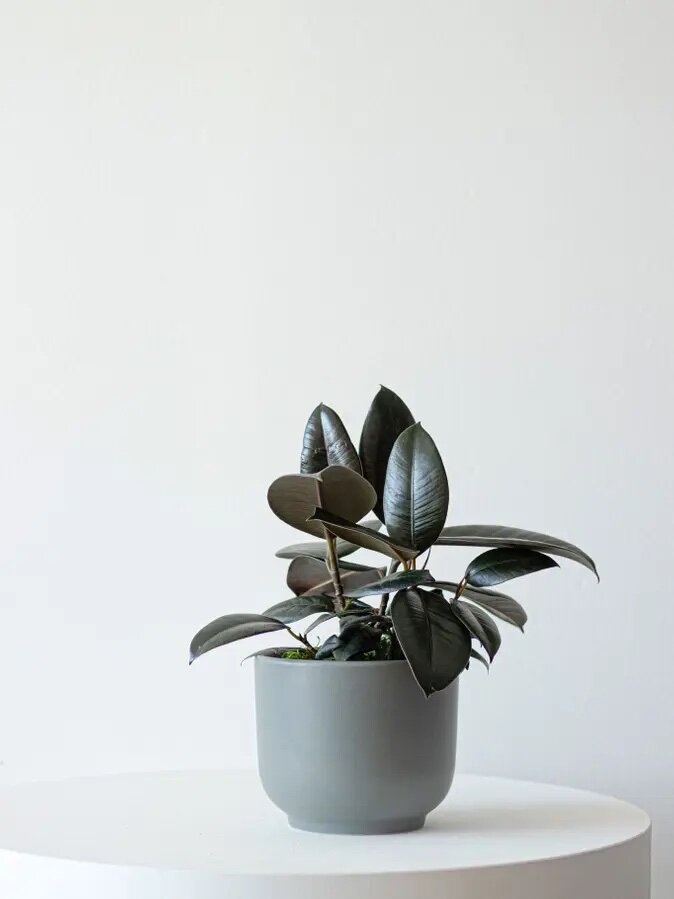Looking for the perfect kitchen plant? Every room in your home deserves at least a bit of greenery, and the kitchen is no exception! Indoor plants not only clean our air, but they boost our mood and effortlessly beautify any space they adorn. You also don’t need to be an expert to keep them alive. Most common houseplants are pretty simple to care for, and just require a bit of light, water, and love to thrive! All the same, we’ve included a handful of low light plants that work well for kitchens with little to no natural light.
So whether your kitchen is big, small, bright, or dark, the perfect plant is out there to bring a little life into such an essential part of your home. Here are a few of our picks for the best plants for your kitchen!
Philodendron Brasil
With bright green leaves resembling the Brazilian flag, the Philodendron Brasil is a seemingly delicate trailing plant that brings a bit of beauty to any counter or shelf it adorns. However, though this plant may look like a delicate creature, the Philodendron Brasil is actually a very easy care plant that can withstand low light areas and frequent neglect!
Little Hope
The Little Hope is a small version of the Hope Philopdendron, a plant that, in the wild, can grow enormous leaves over five feet tall! The smaller version of this plant is easy to care for and adds an instant splash of bright greenery to any kitchen counter or shelf.
Cascading Pothos
The Cascading Pothos is another trailing plant that is not only fast-growing but incredibly easy to care for. True to its name, this is the best plant for hanging planters in the kitchen or a shelf or counter, and works well in both bright light and low light kitchens.
Monstera Deliciosa
For big kitchens, look for plants that make a statement! Some of our favorite large plants for kitchens include the stylish Monstera Deliciosa (pictured), which adds an instant touch of lushness to any space, or the delightful Dracaena Compacta, a tall and narrow plant that is perfect for tighter corners.
Parlor palm
An adorable addition to any kitchen countertop, the Parlor Palm thrives with plenty of humidity and medium to bright indirect light.
Staghorn Fern
An adorable plant from the fern family, the Staghorn Fern is a unique piece of greenery perfect for kitchen decor. Its sage-green leaves are velvet-soft and complement neutral color palettes in the kitchen.
Calathea Rattlesnake
Looking to add a bit more color to your kitchen? With beautifully patterned green and purple leaves, the Calathea Rattlesnake is a gorgeous indoor plant that works well for medium to bright kitchens and plenty of humidity.
Pilea Peperomiodes
The Pilea Peperomiodes, also known as the Chinese Money Plant, is an adorable plant perfect for bright kitchens and small spaces. Simple to care for, the Pilea brings a bit of bright, quirky greenery to any space, and is an incredibly easy plant to propagate as well!
Pink rubber plant
Also known as the Ruby Ficus, the unique ruby-toned Pink Rubber Plant adds a splash of color to any bright kitchen that needs it! Pair it with plenty of bright indirect light and watch this fast grower unfurl while your morning coffee brews.
Kitchen herbs
Herbs are an obvious choice for the kitchen: you can use them while cooking, they act as a natural mosquito repellant, and of course, they smell and look beautiful! However, keep in mind that most herbs require at least six to eight hours a day of sunlight. If you have a bright kitchen window sill or similar, try keeping a few small pots of your favorite herbs, but if not, you’re better off growing them outside or on a balcony!
INDOOR PLAnts, potted & delivered.
Premium plants paired with stylish ceramics, plus lifetime plant care support. Order online at leonandgeorge.com
